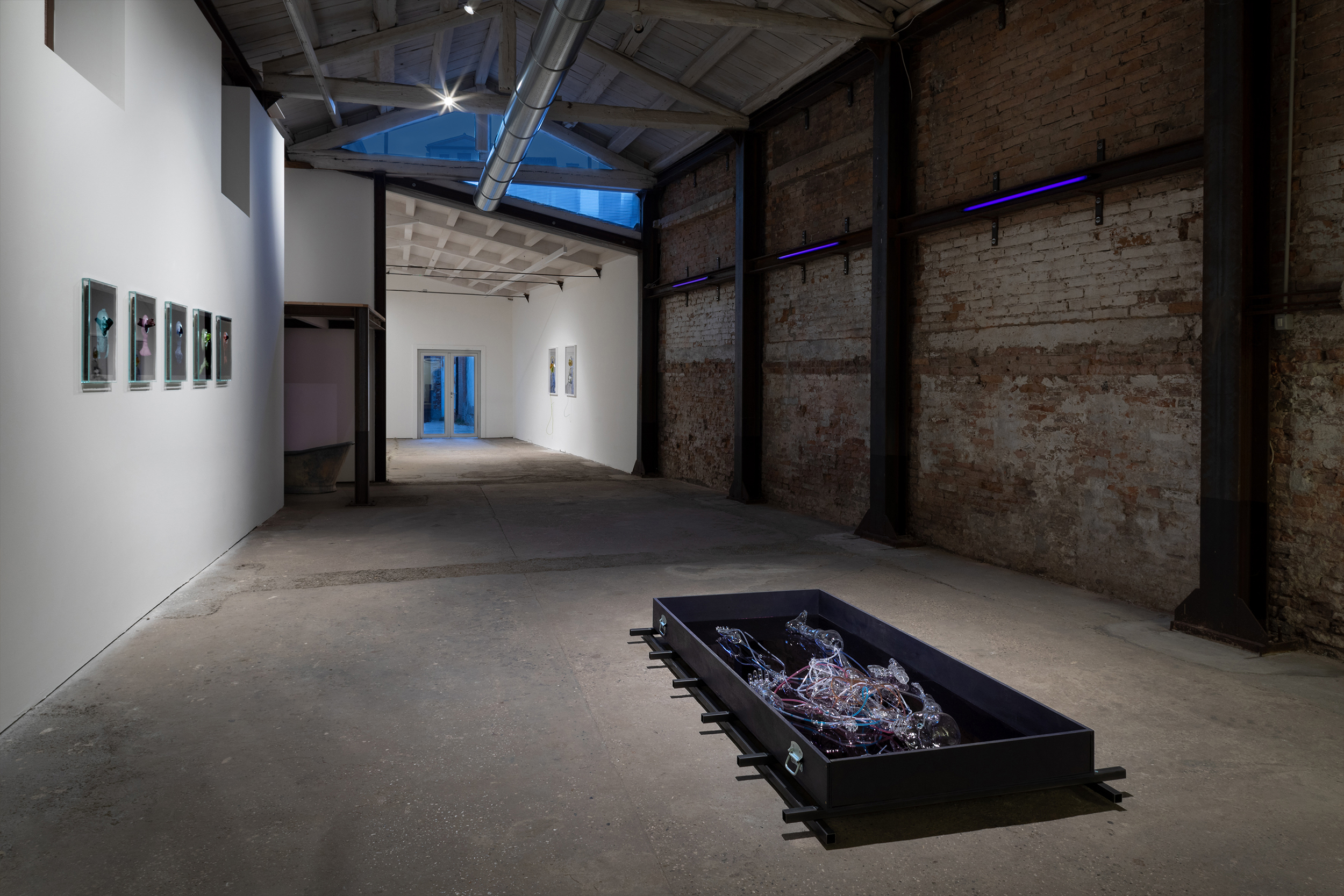
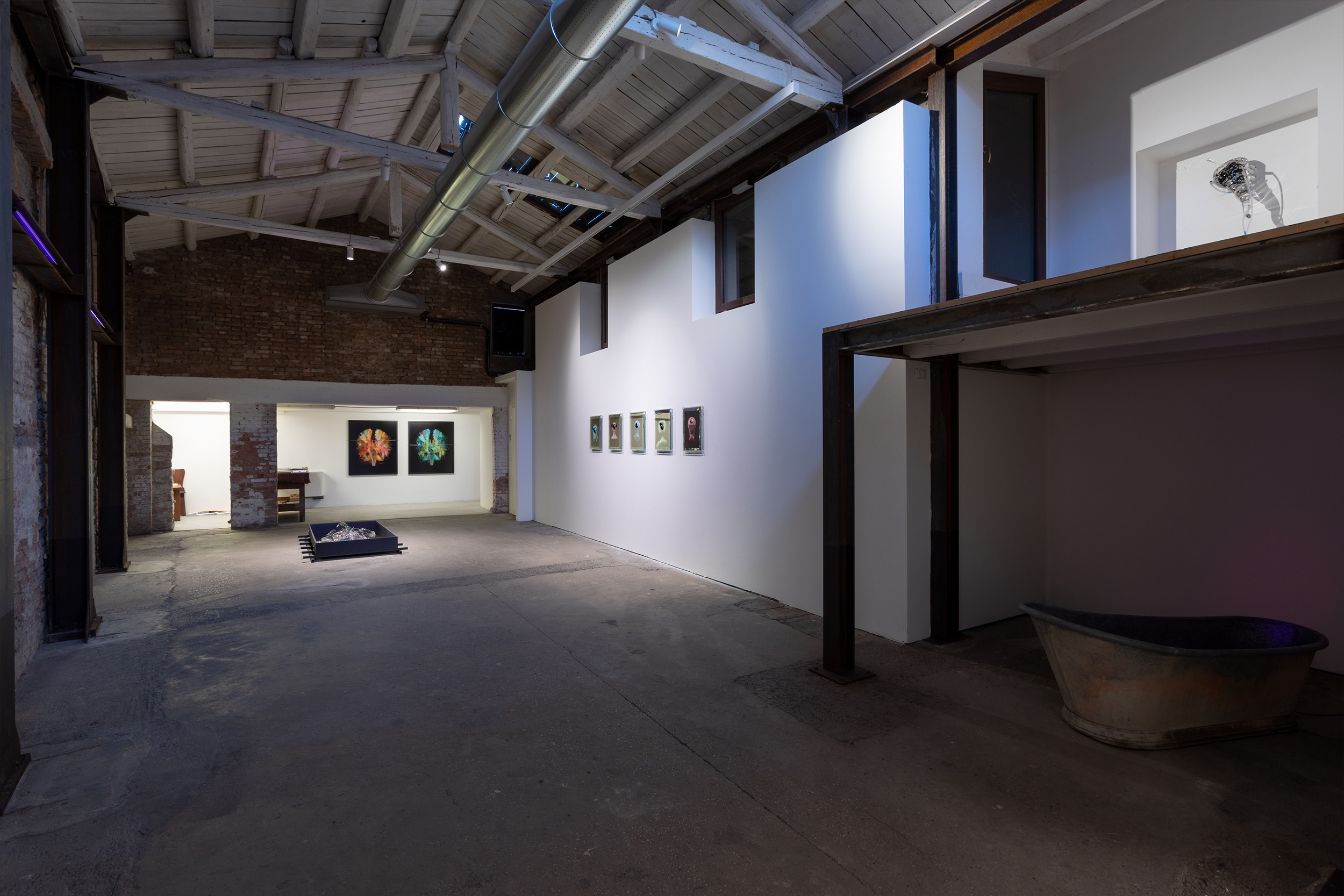
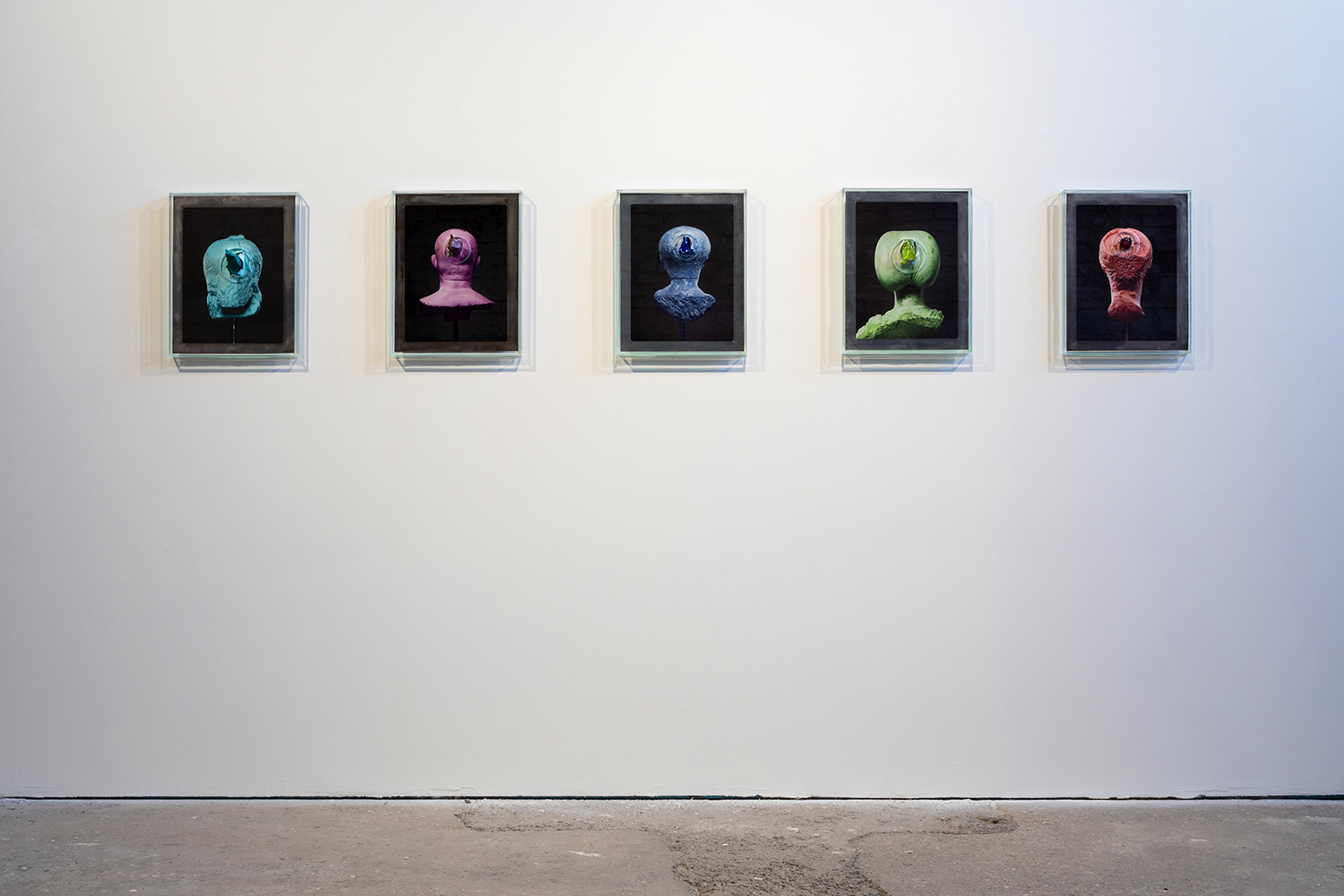
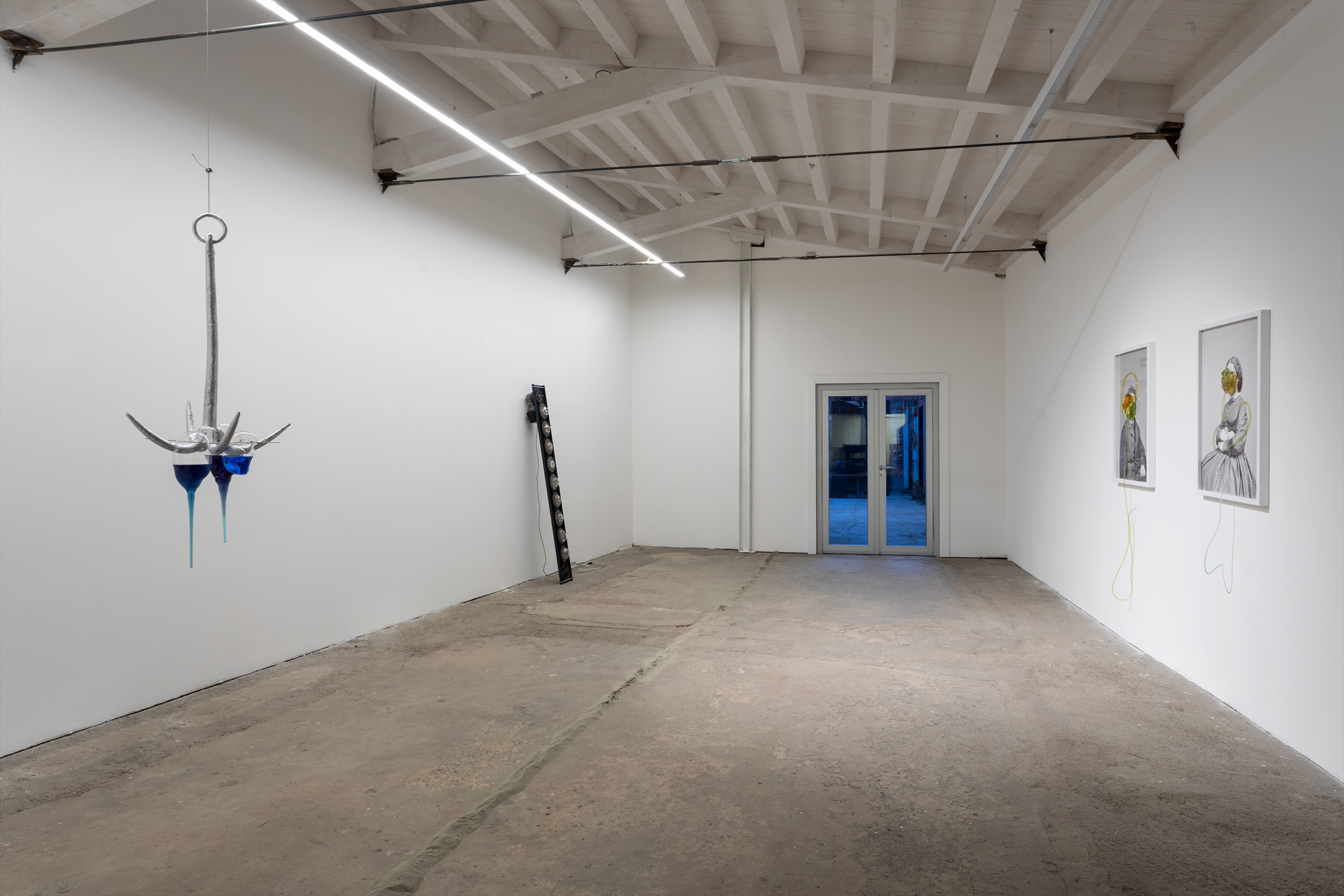
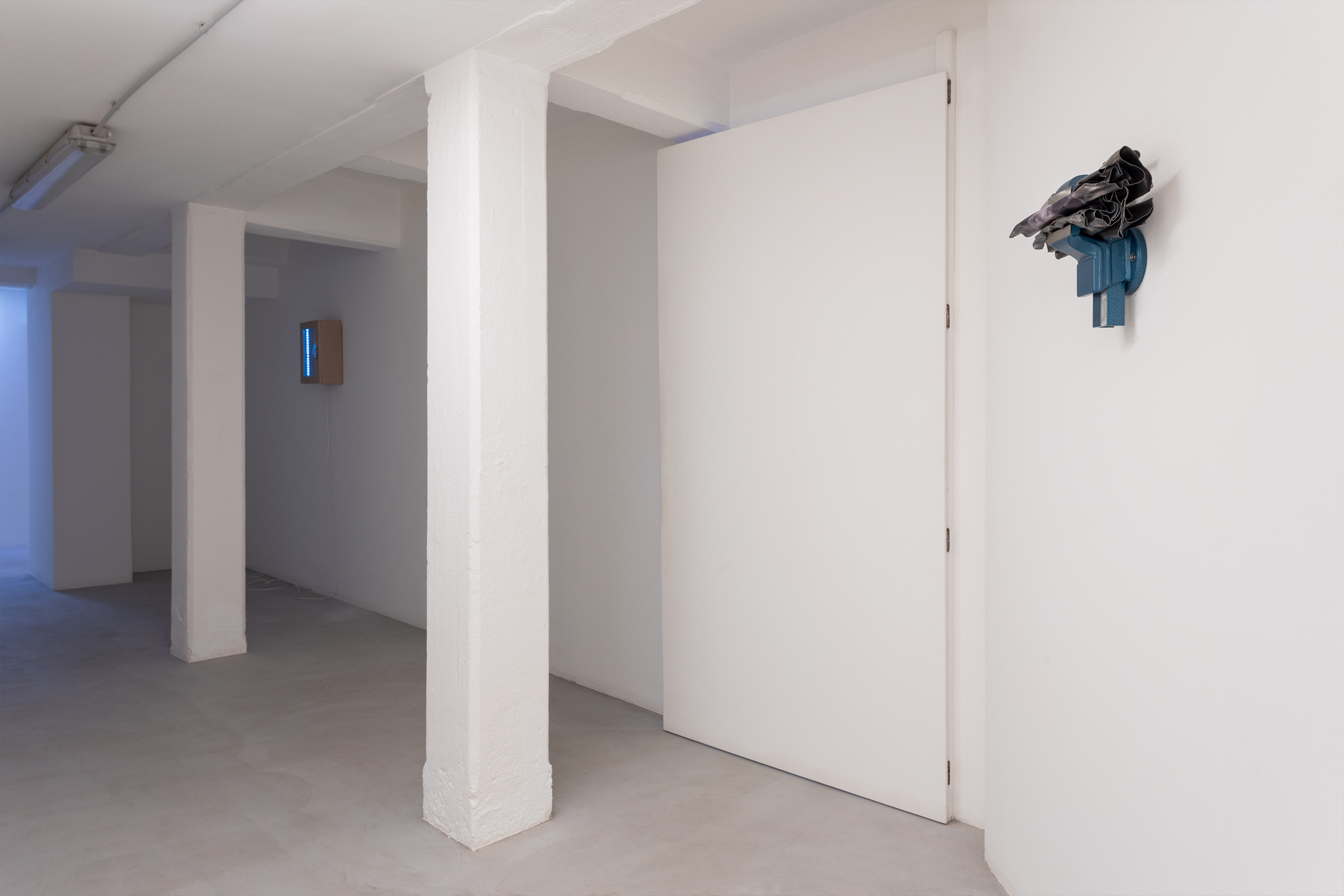
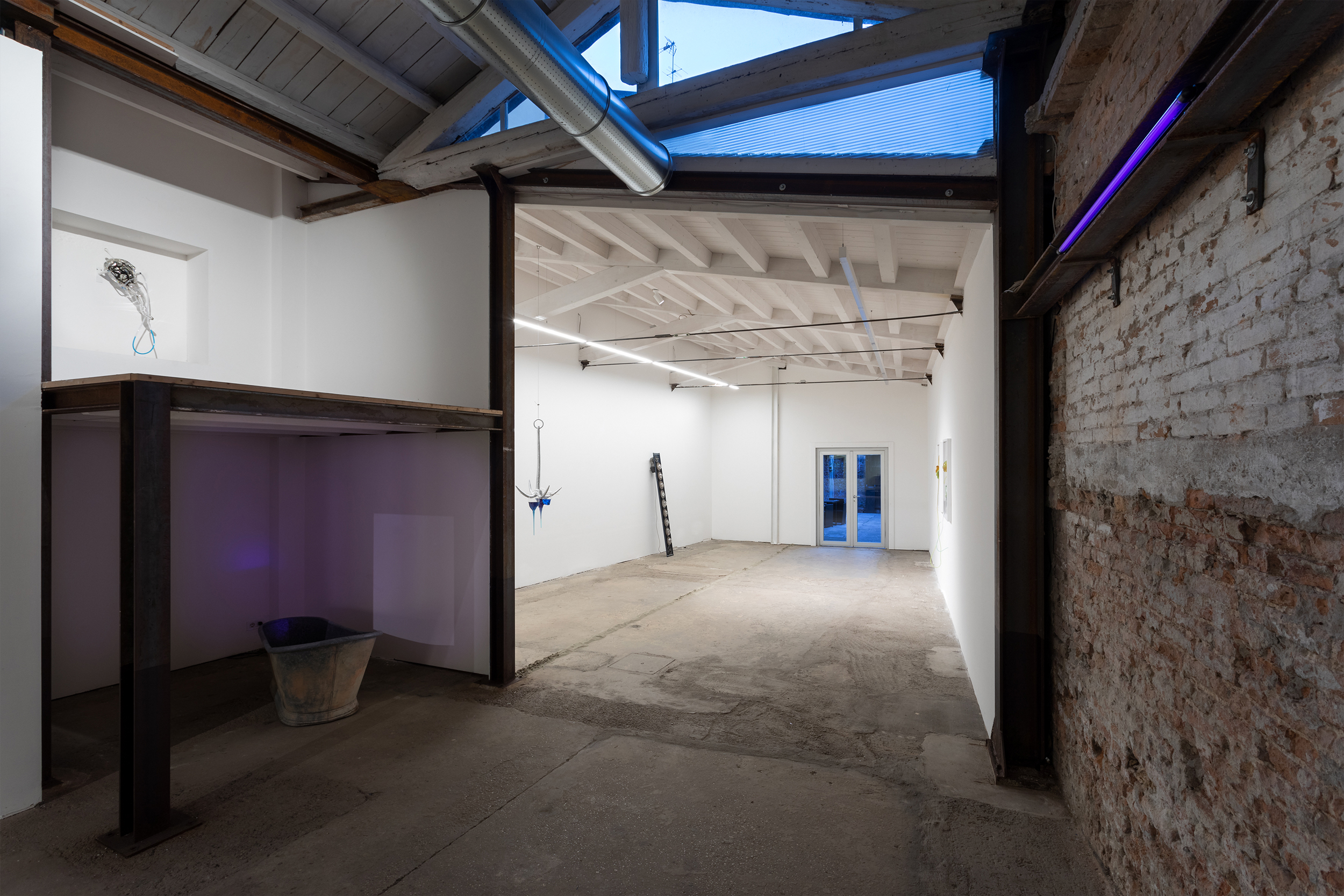
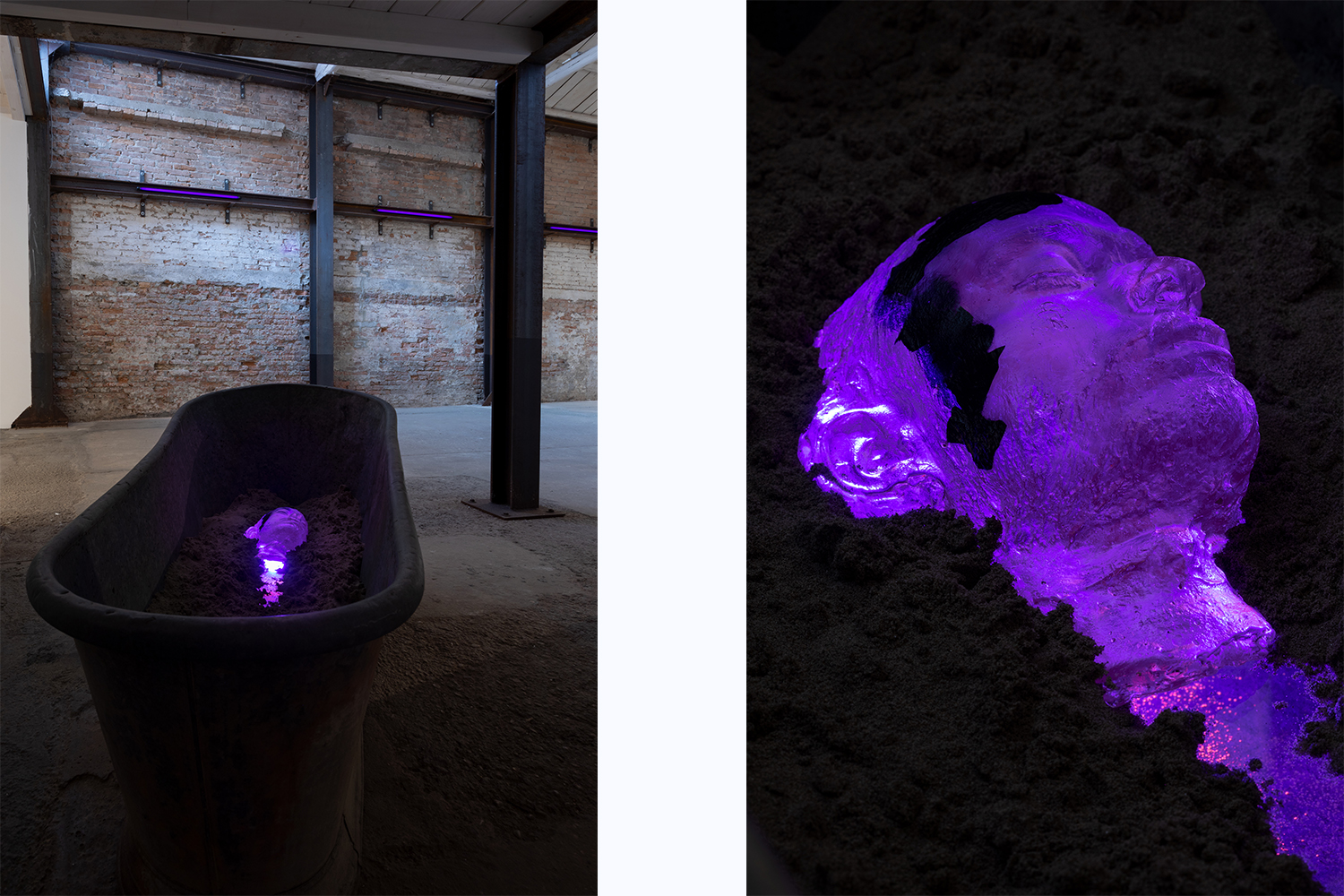
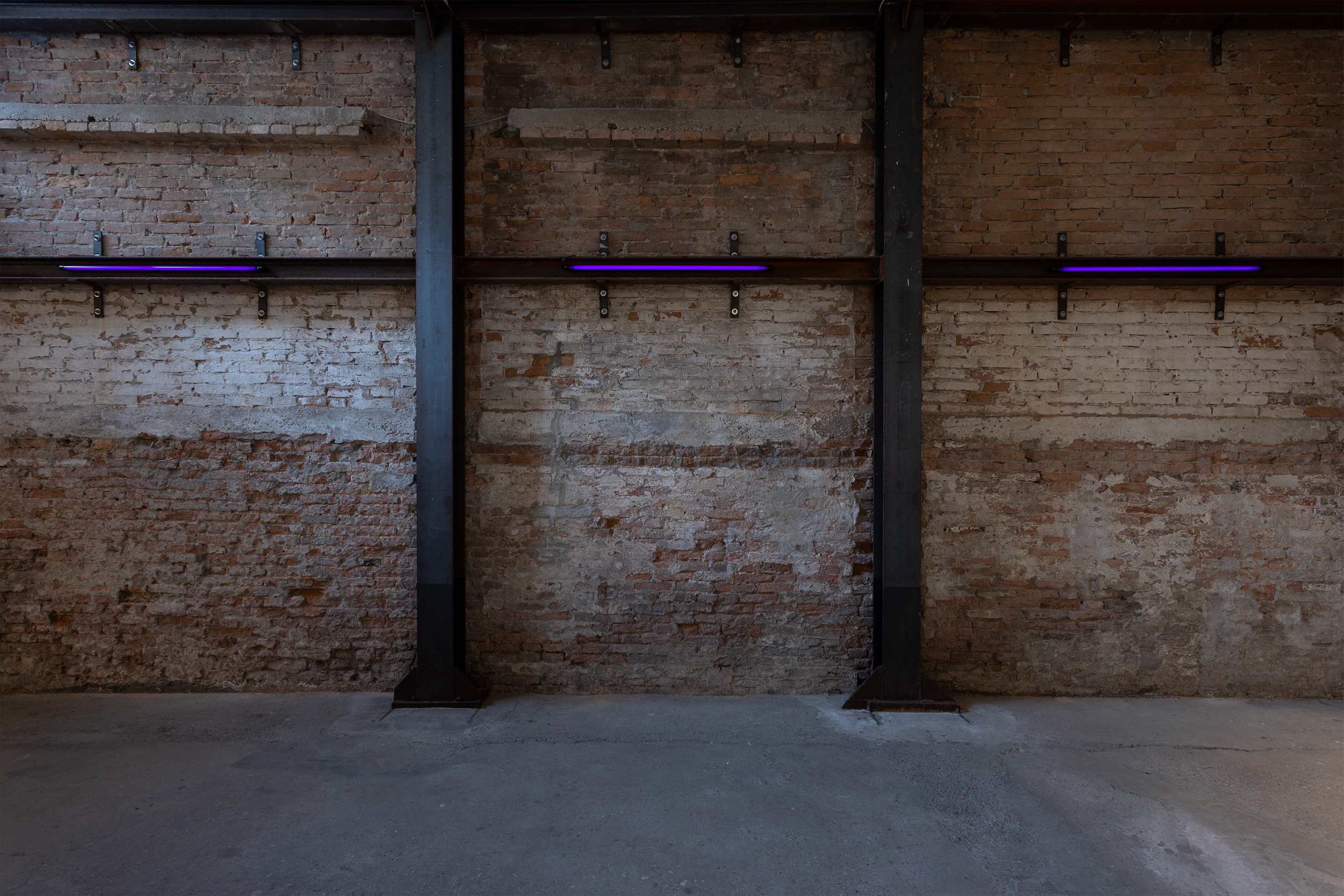
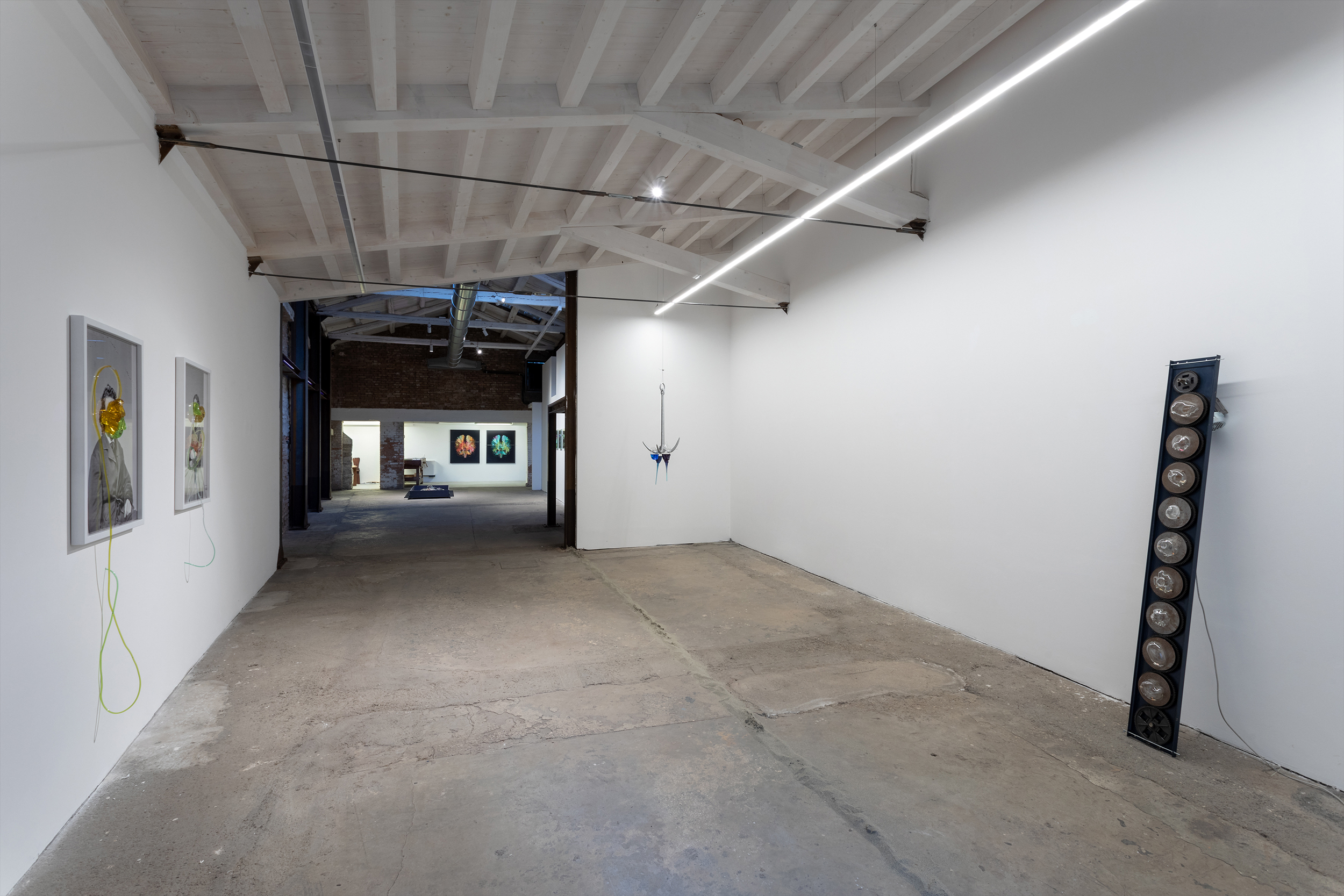
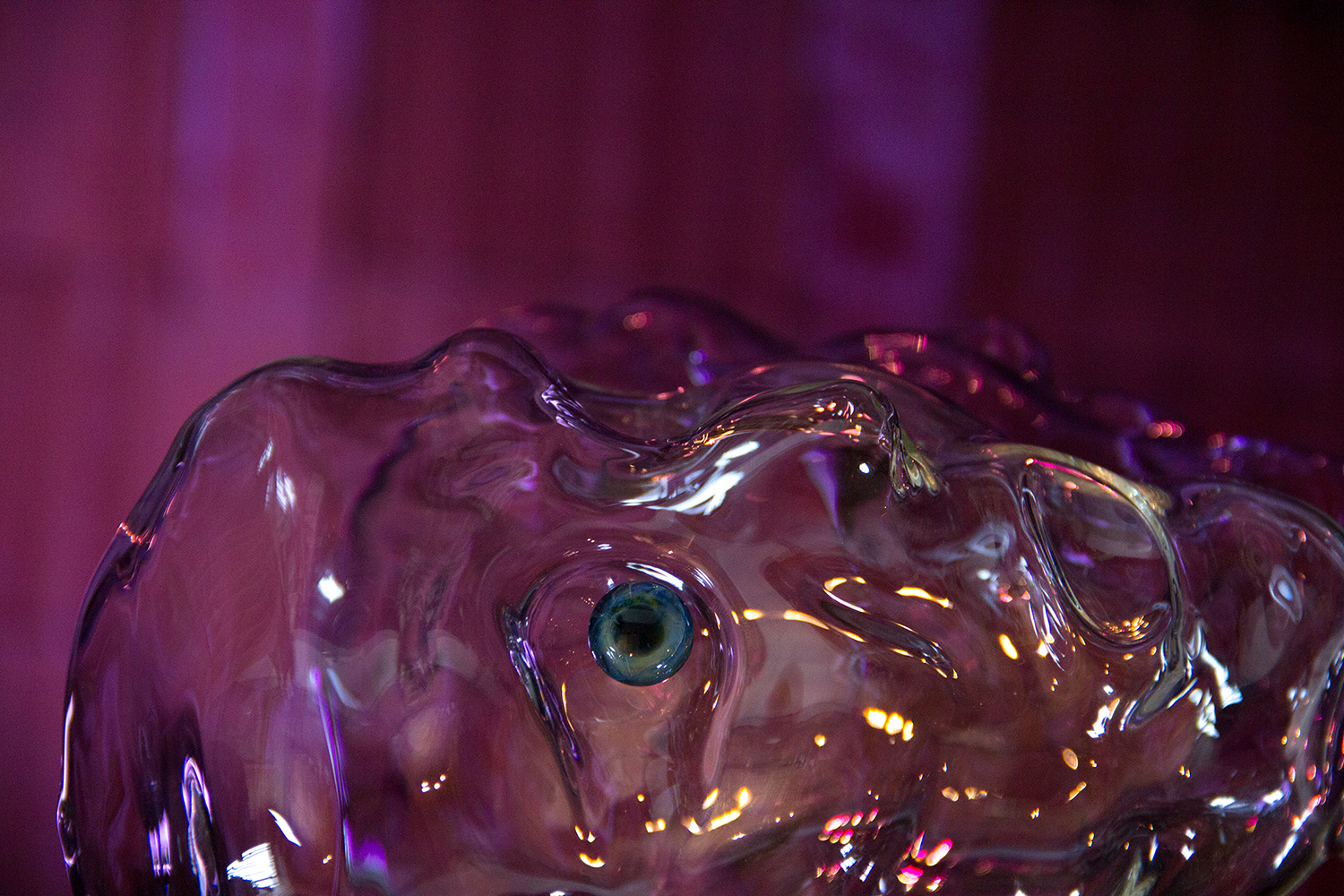
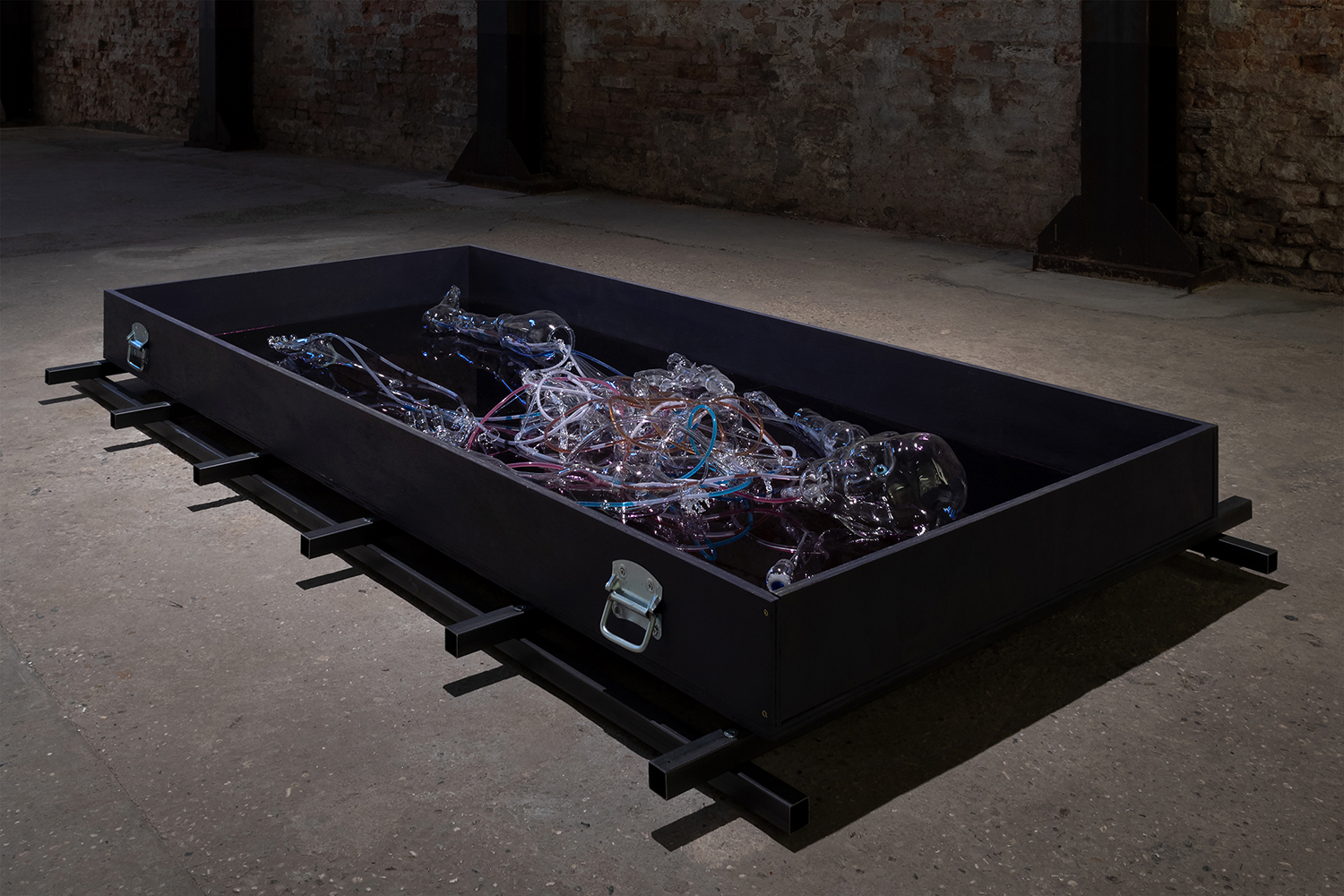
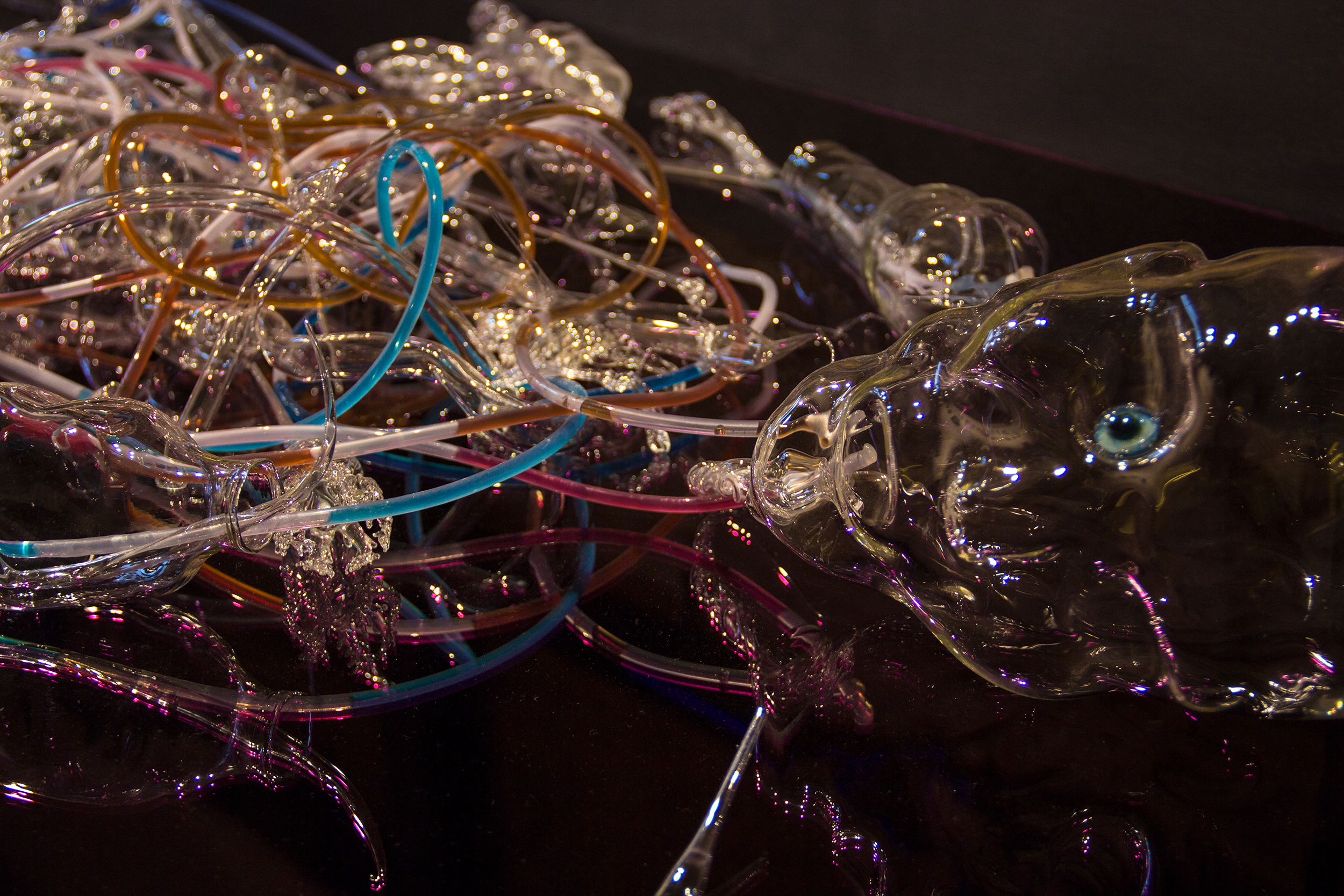

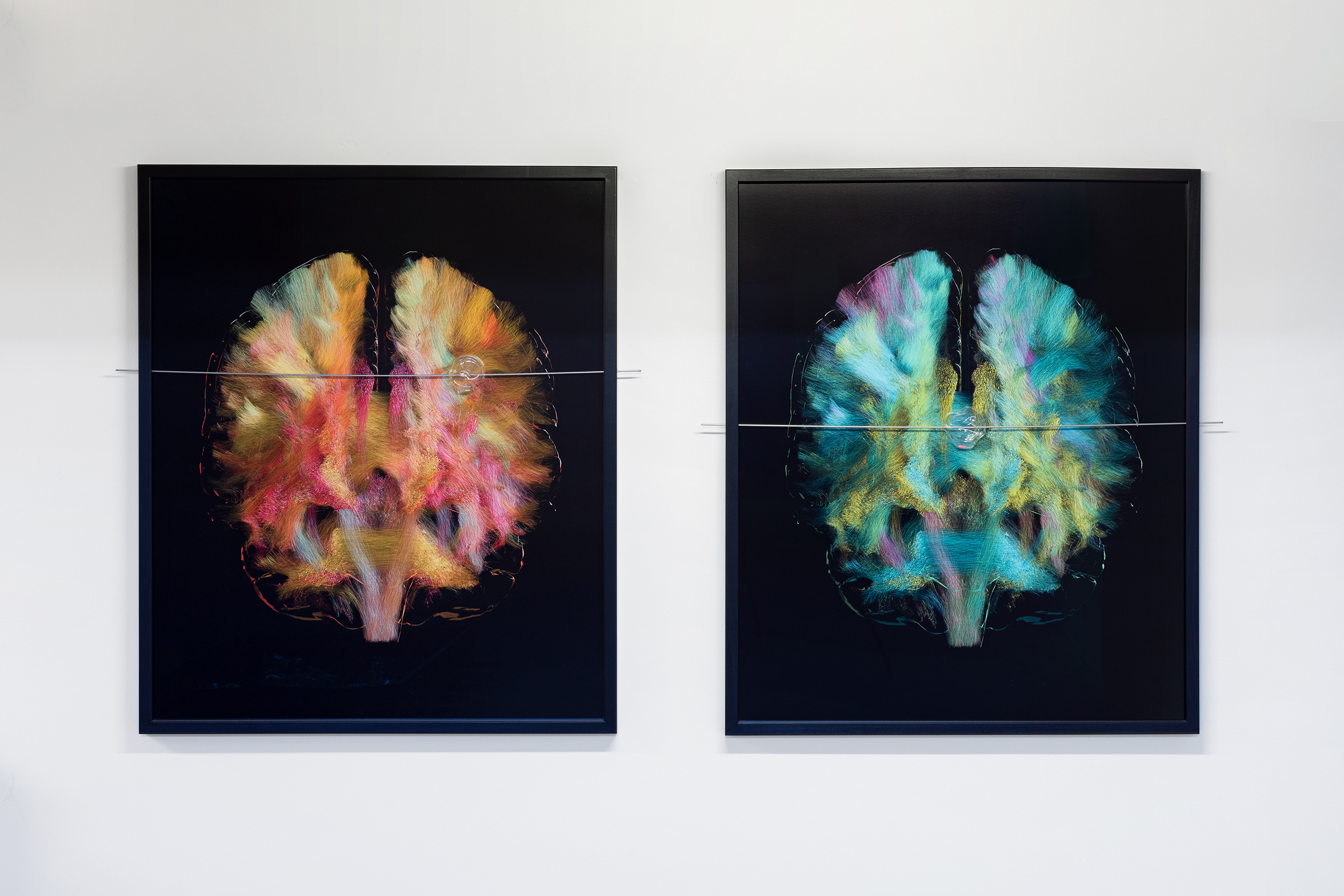
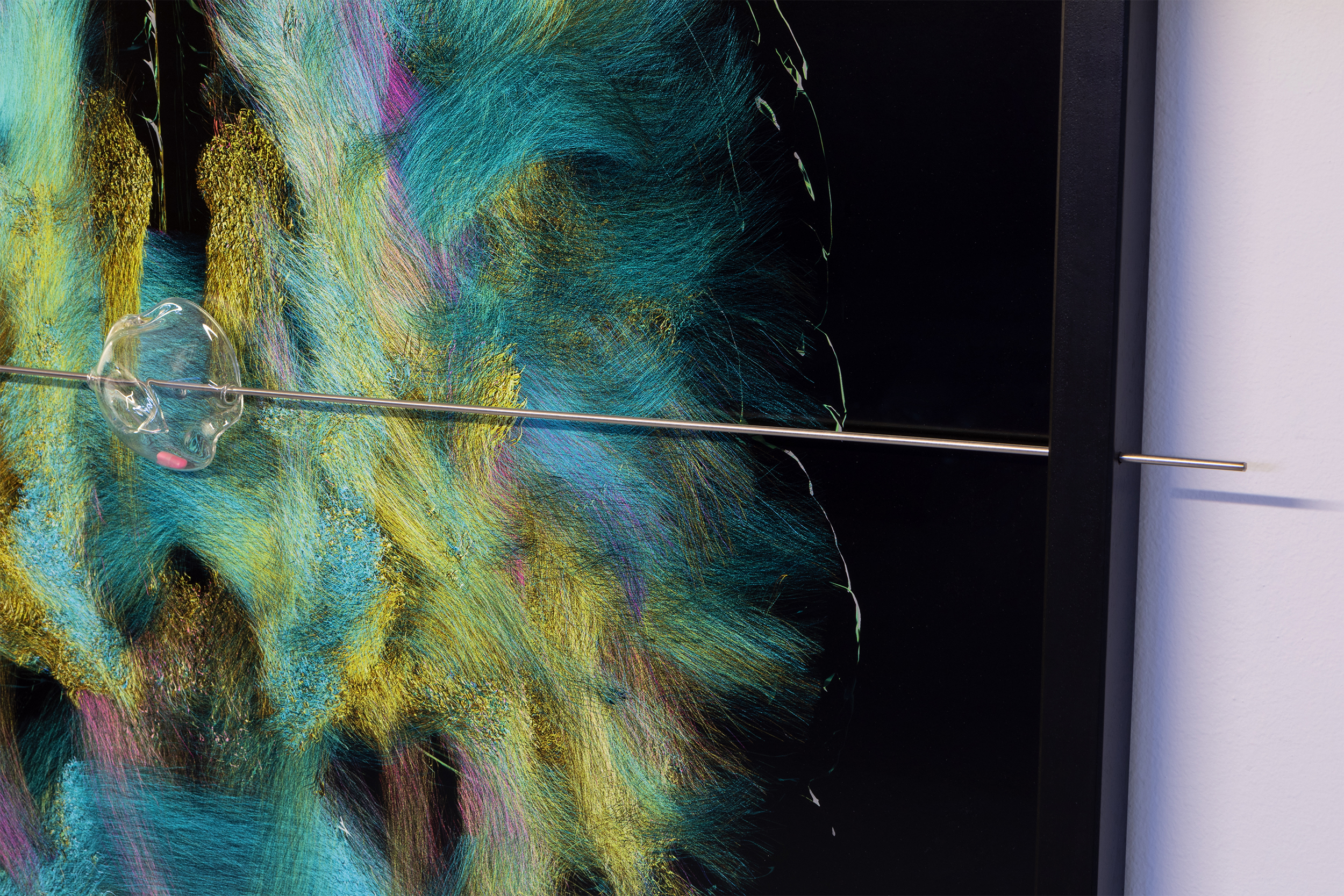
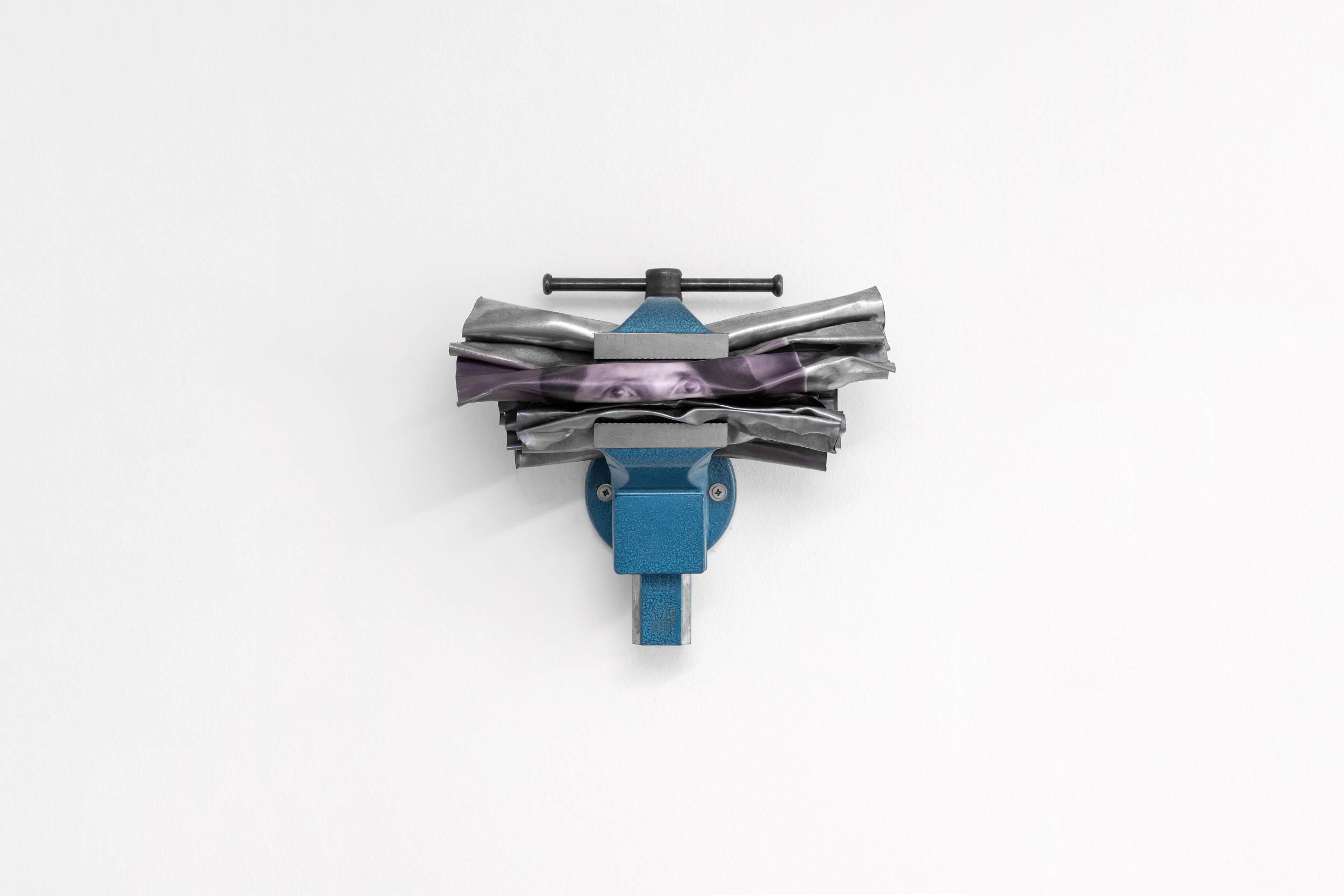

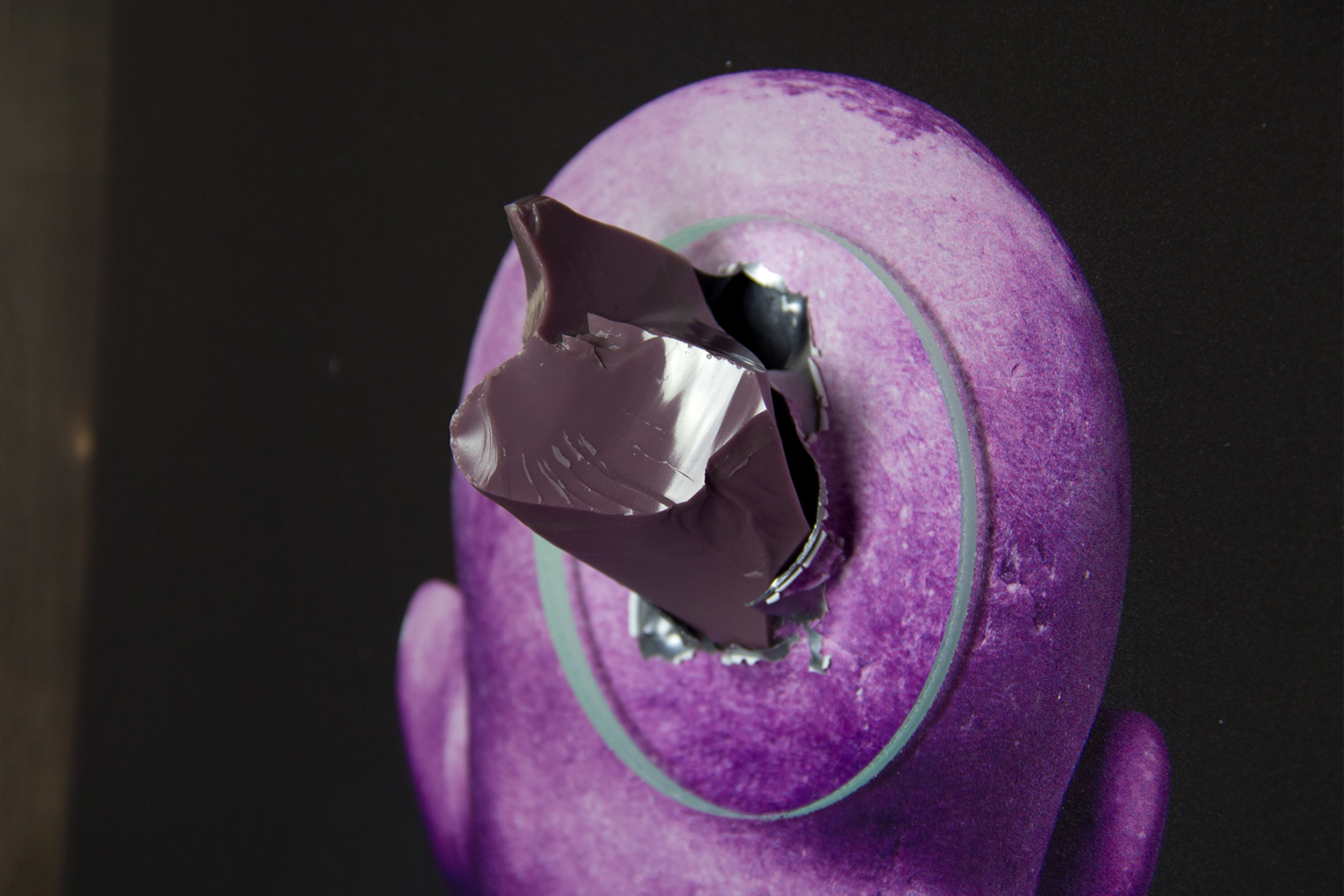

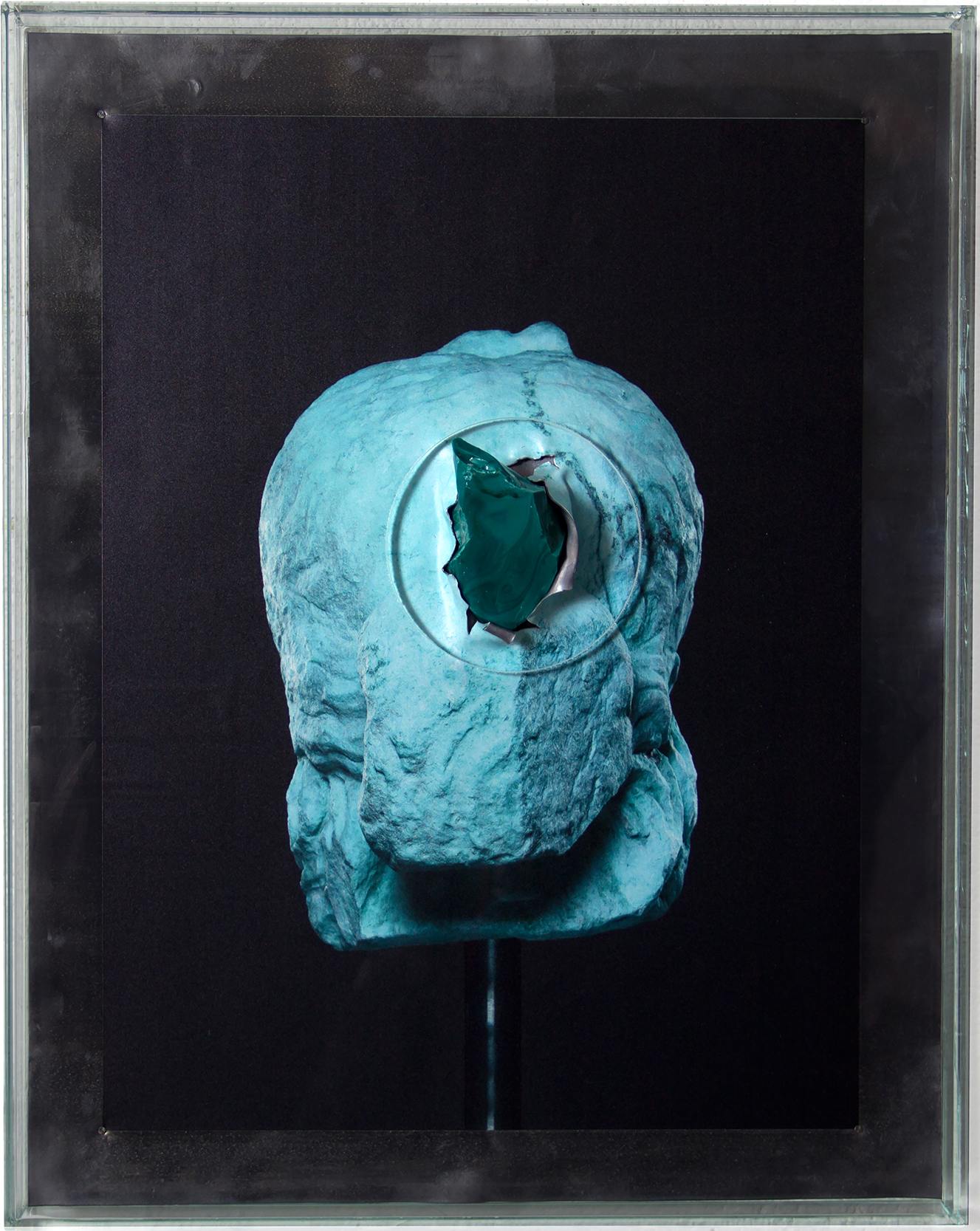
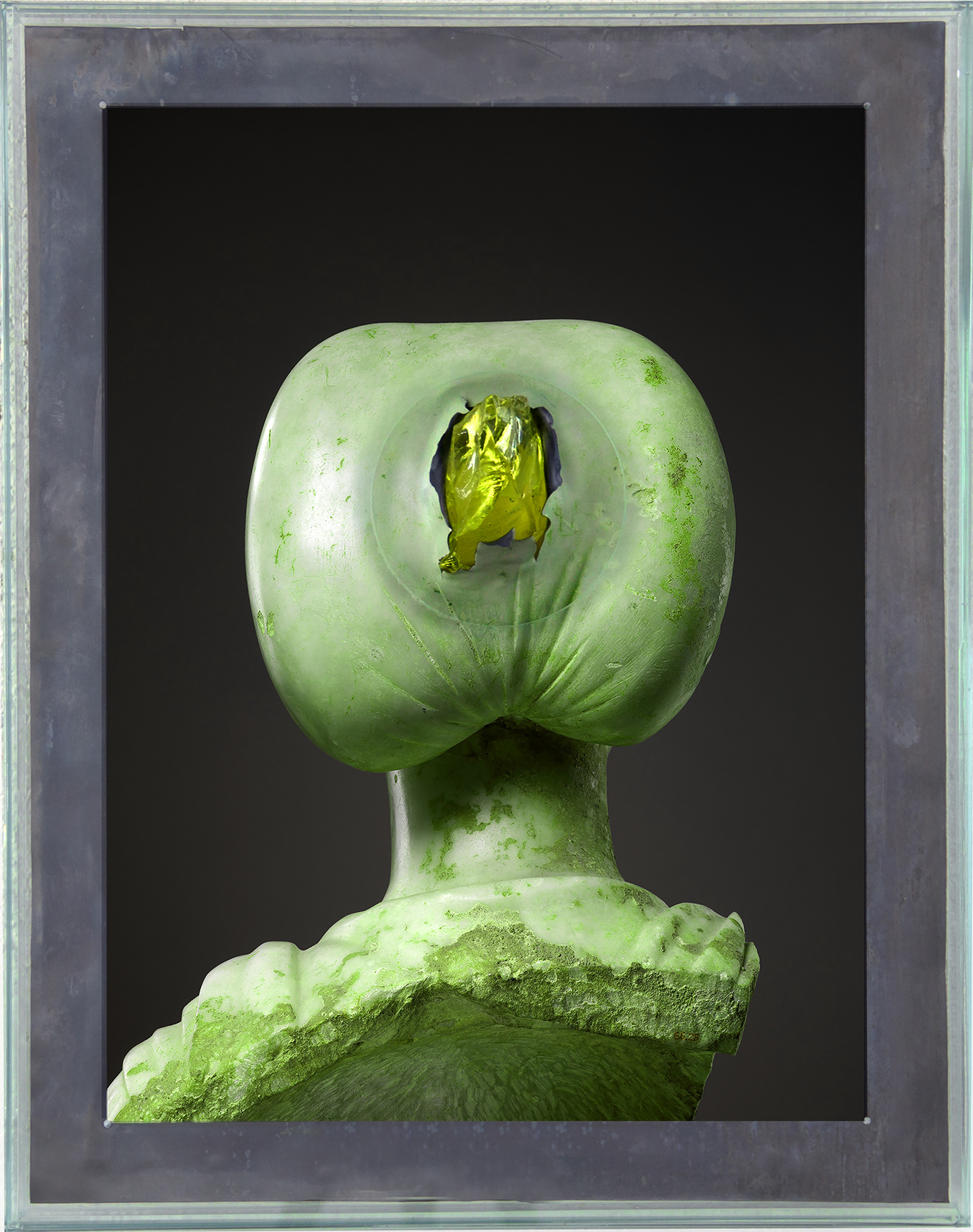
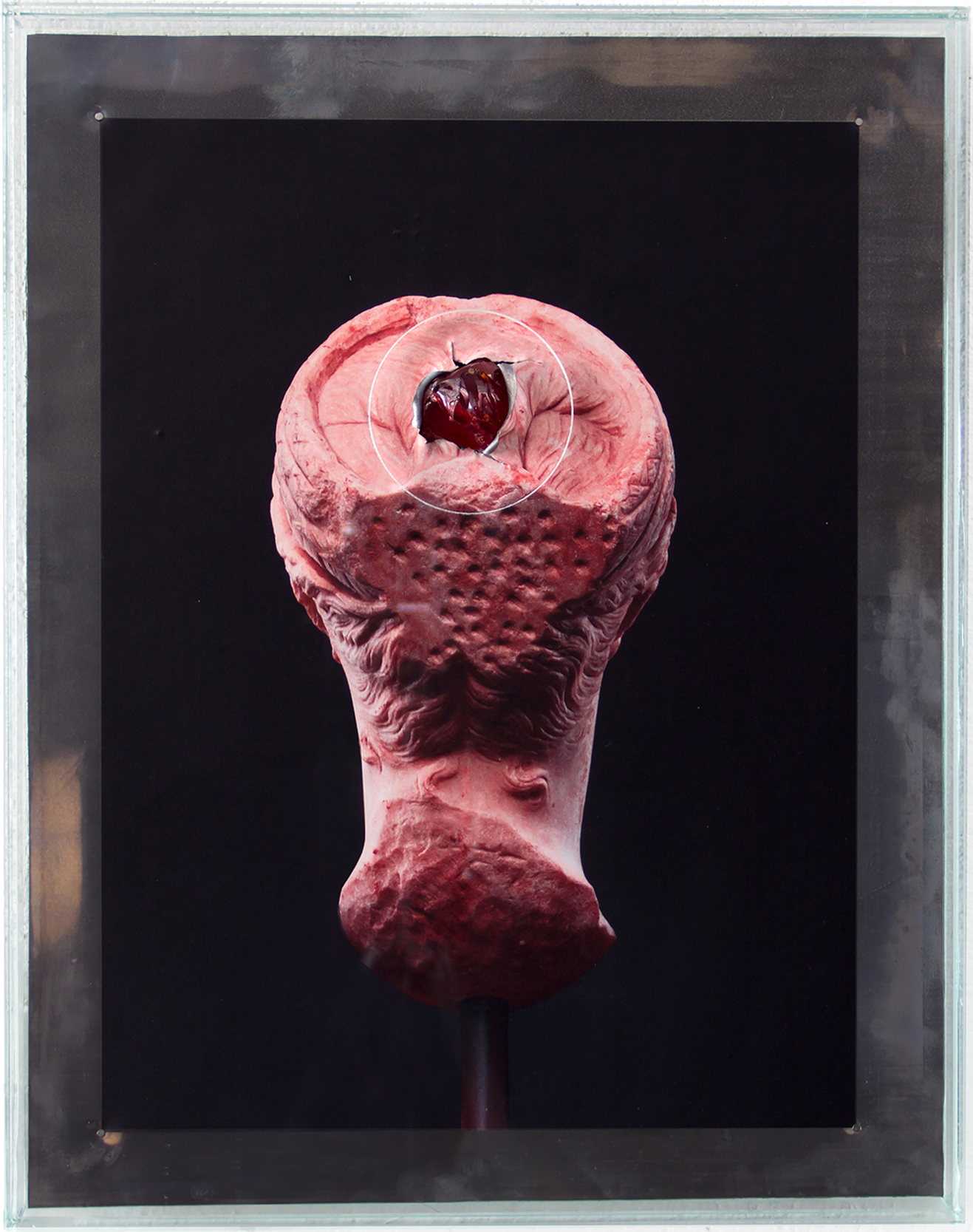
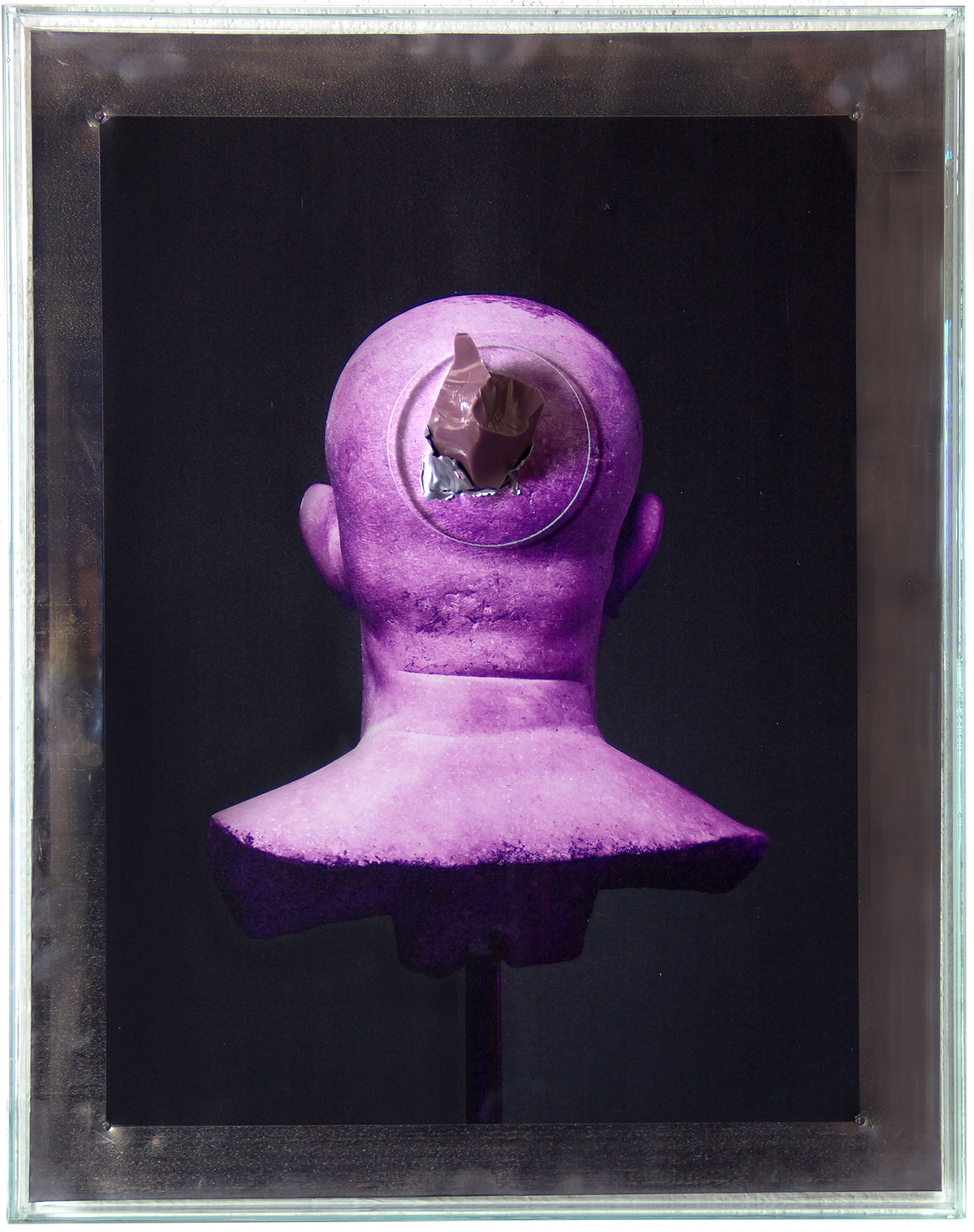
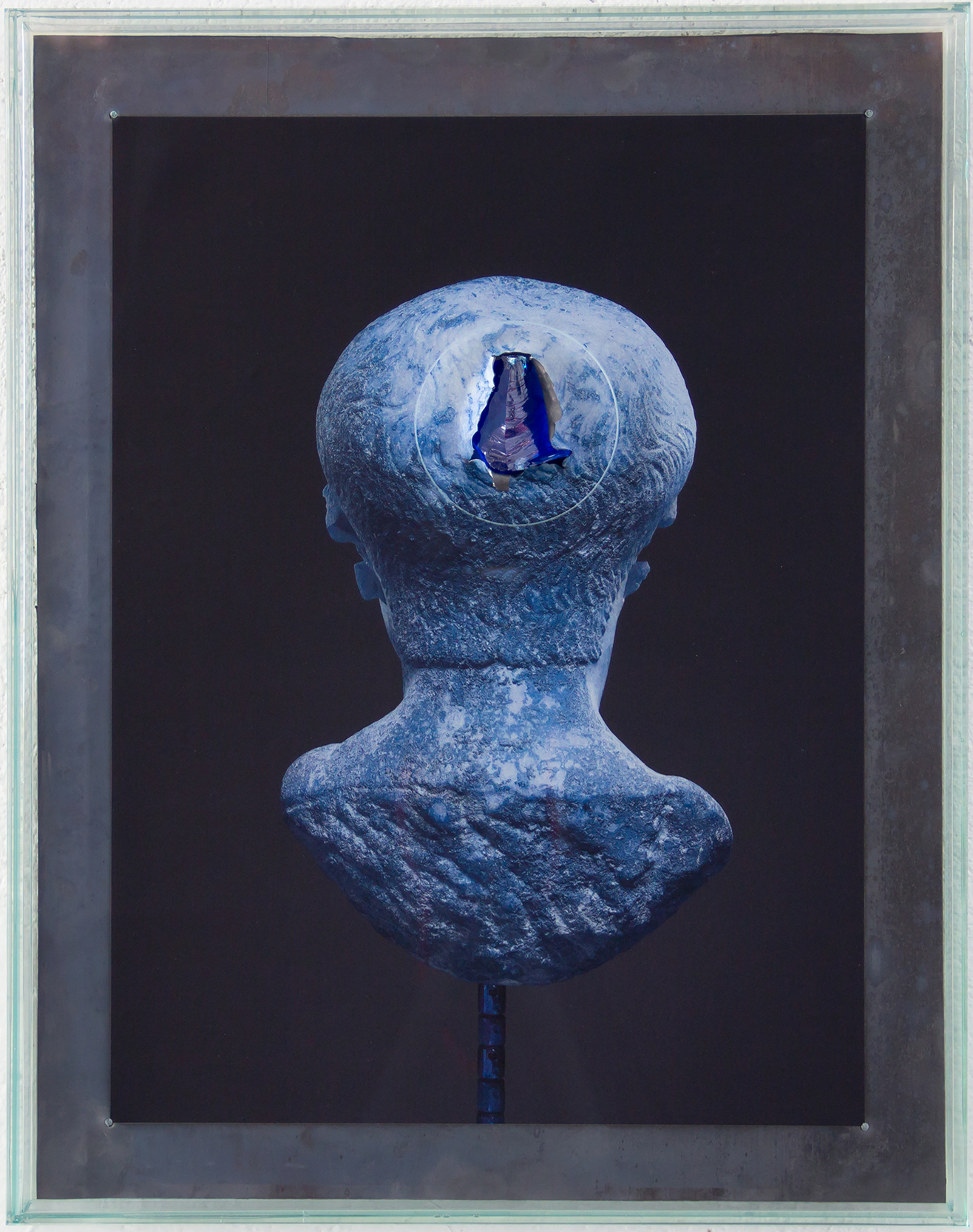




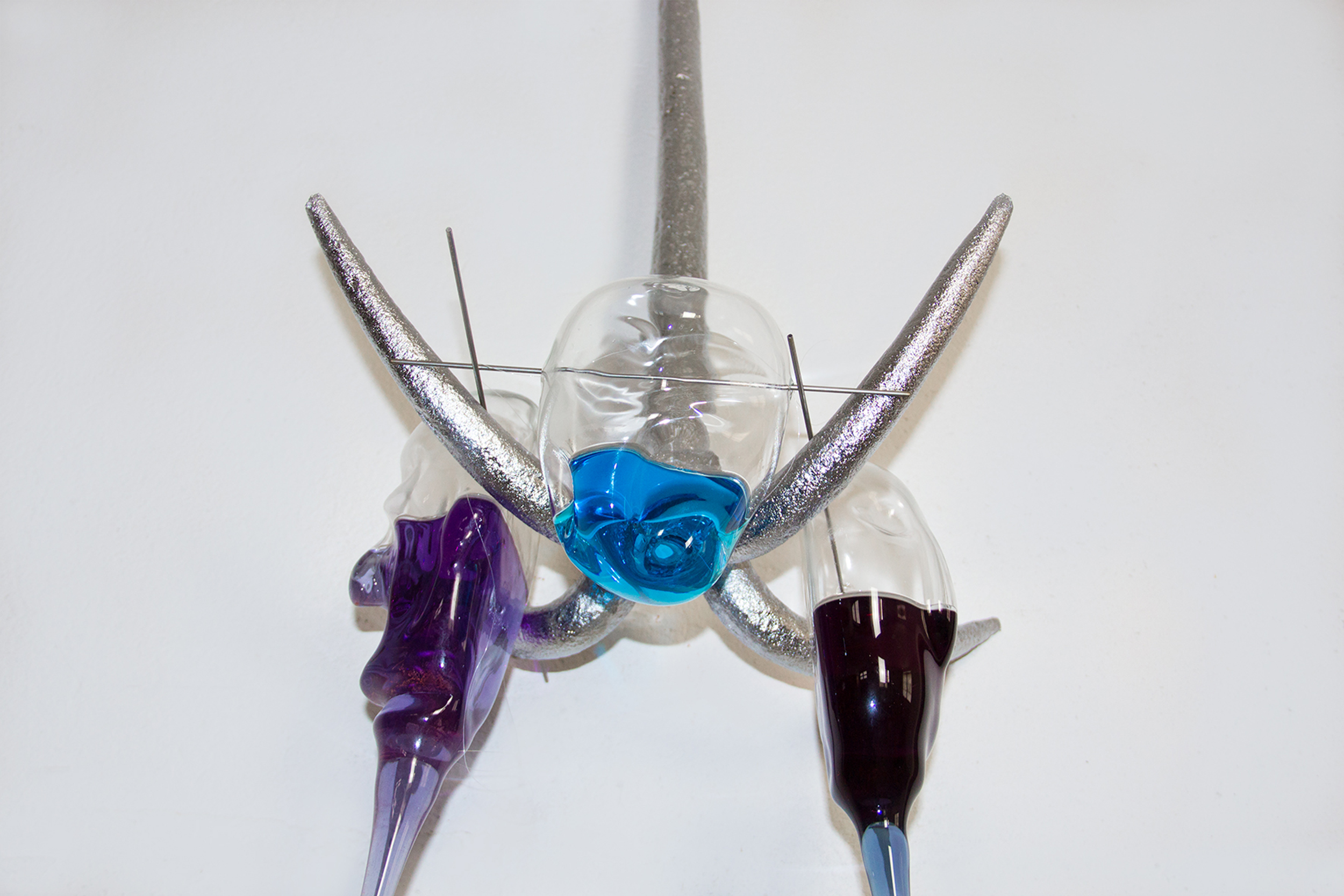
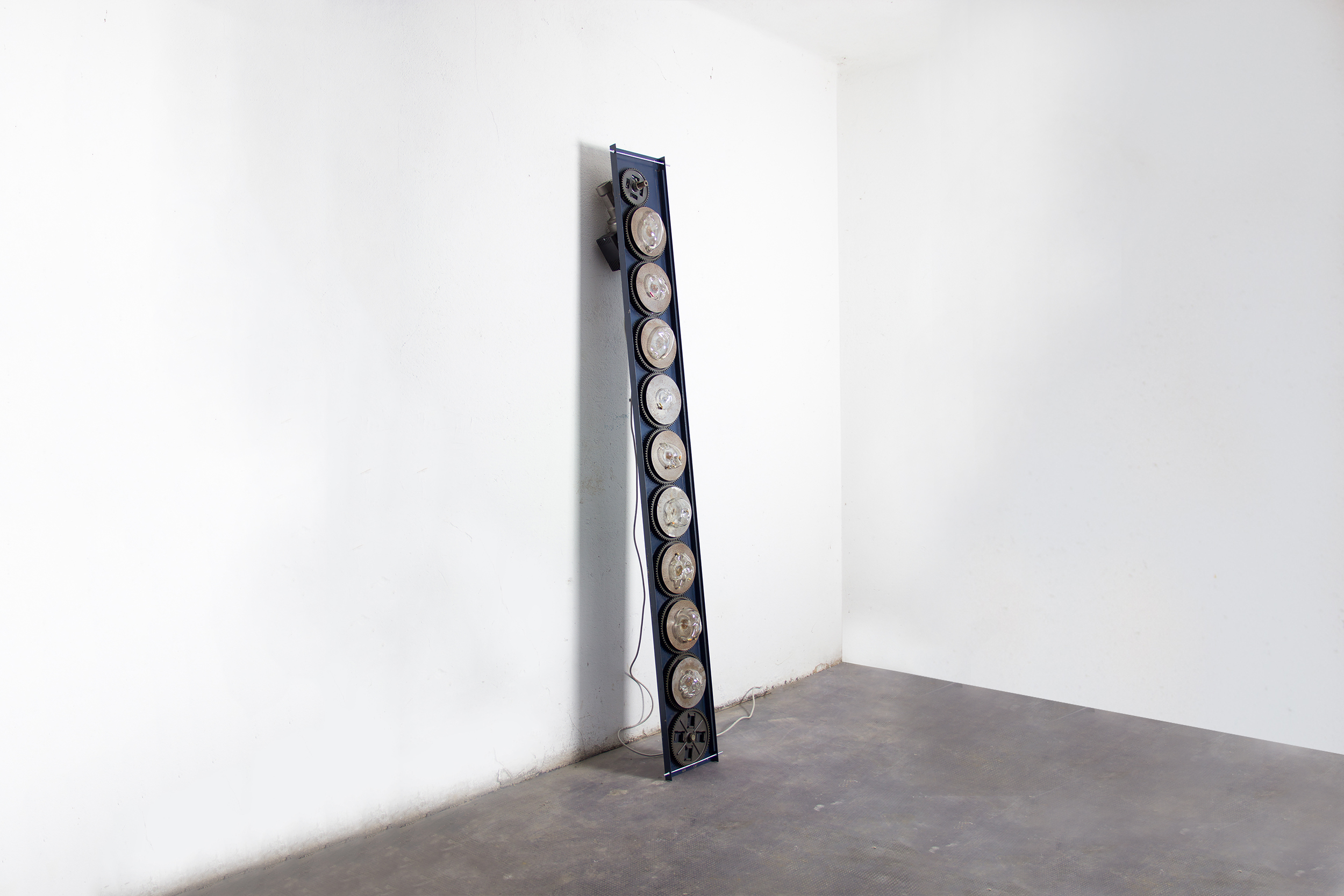
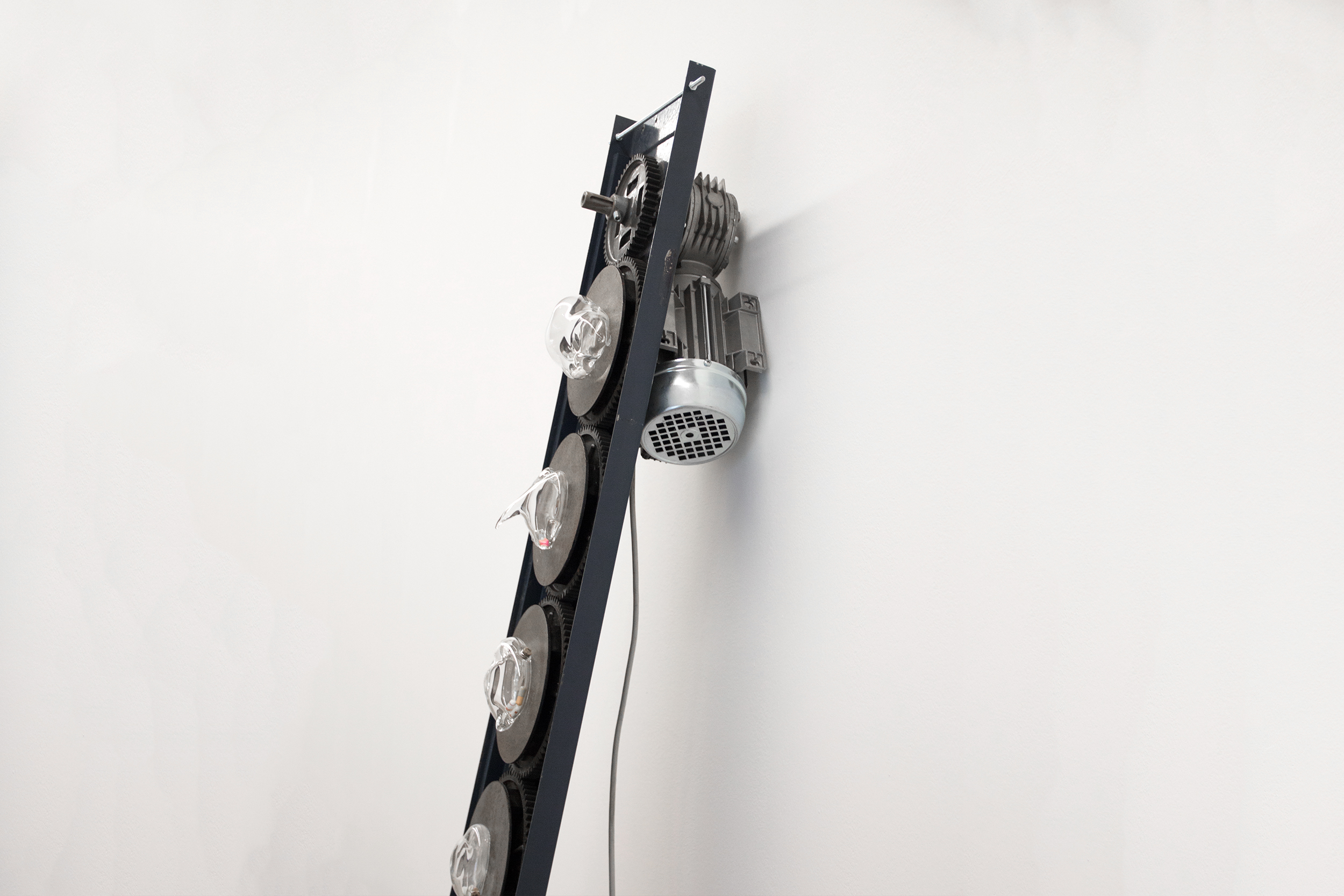
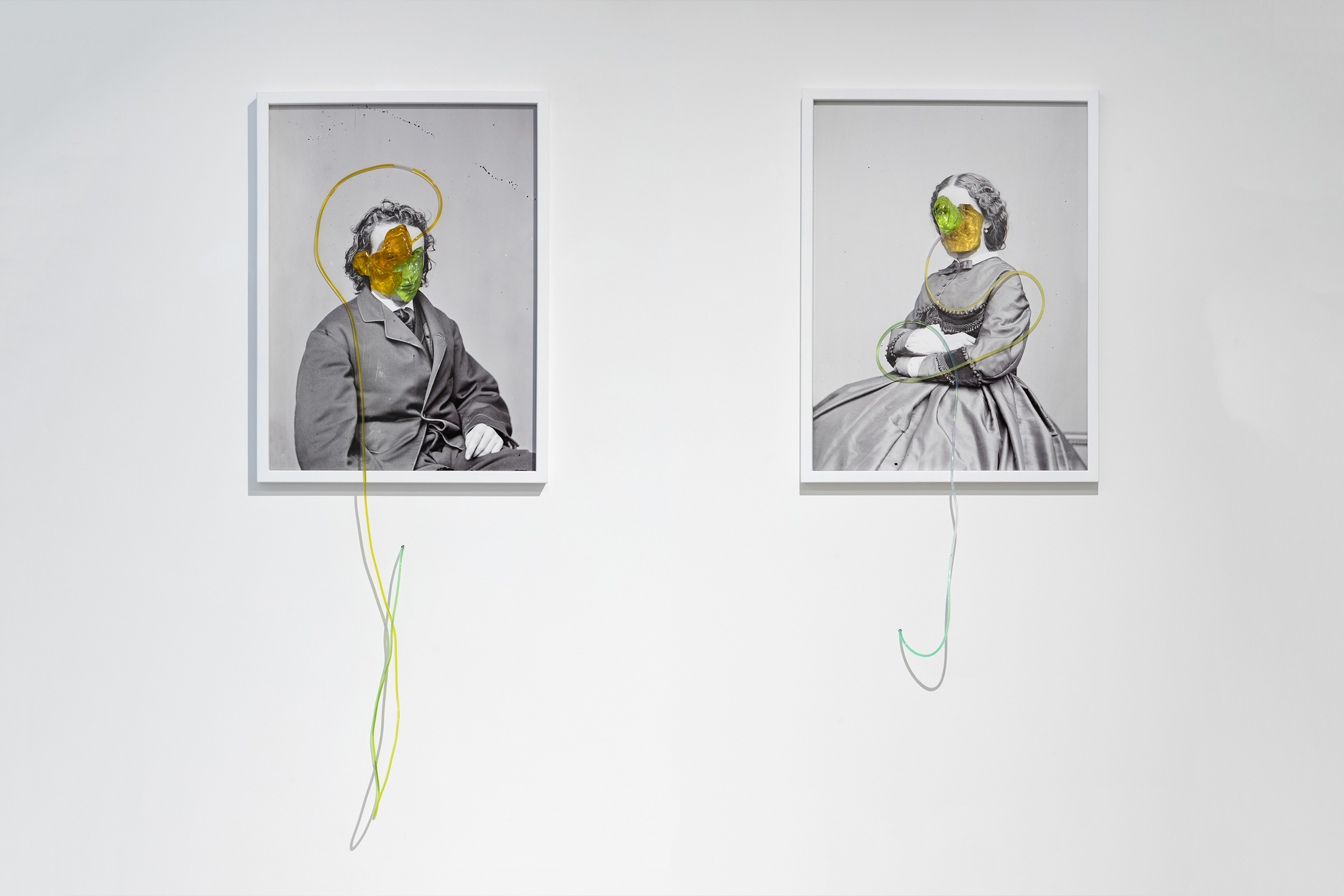
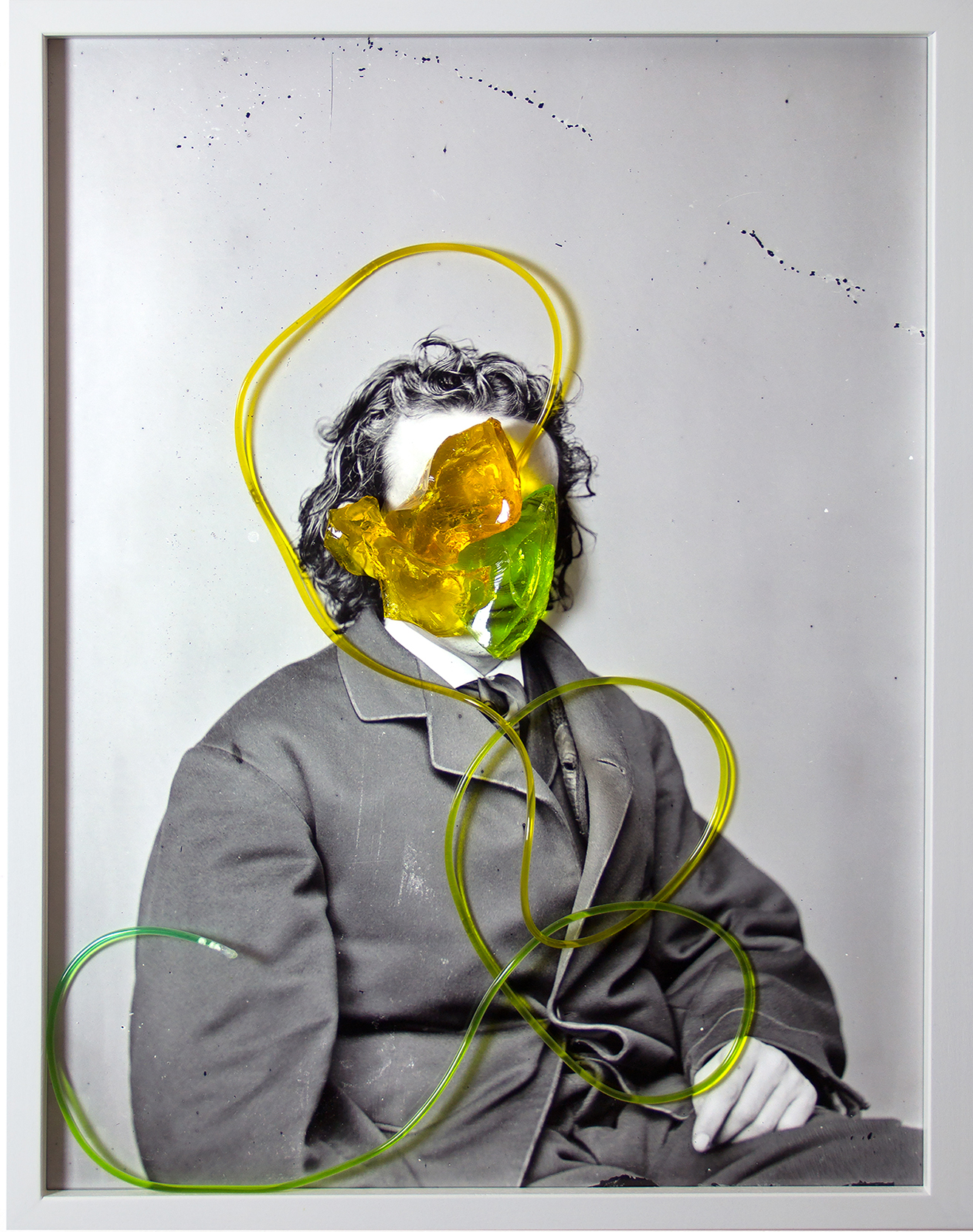
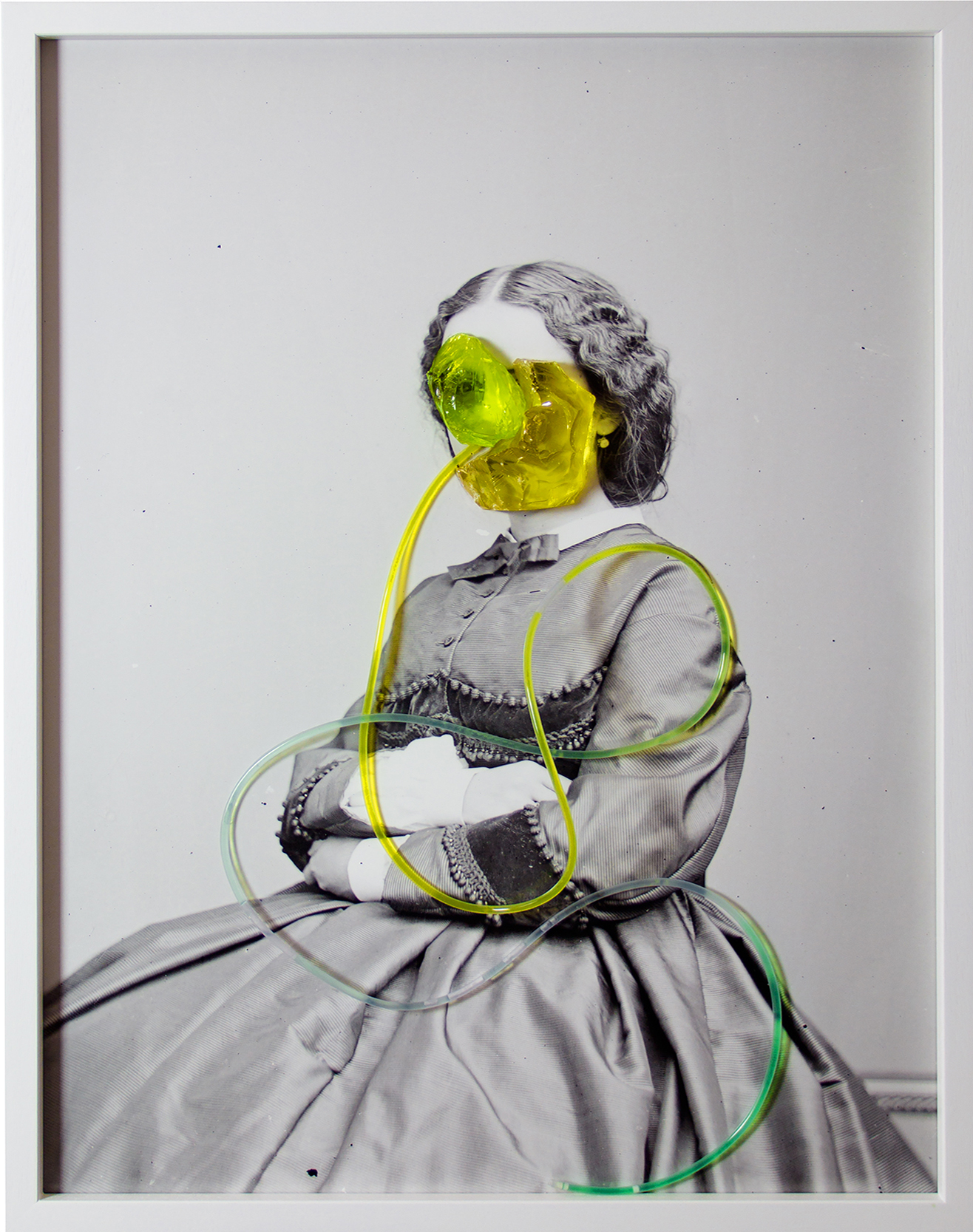


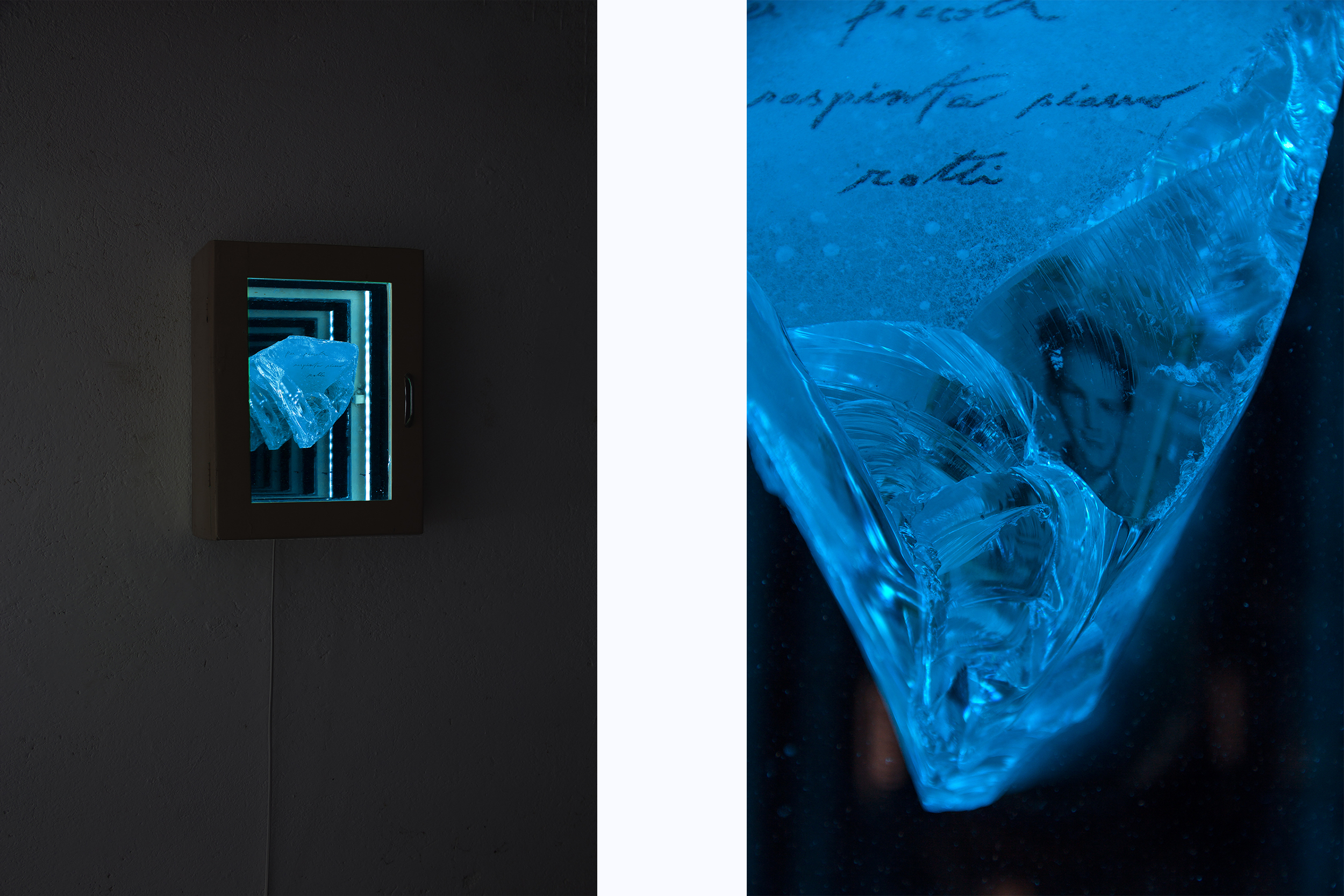
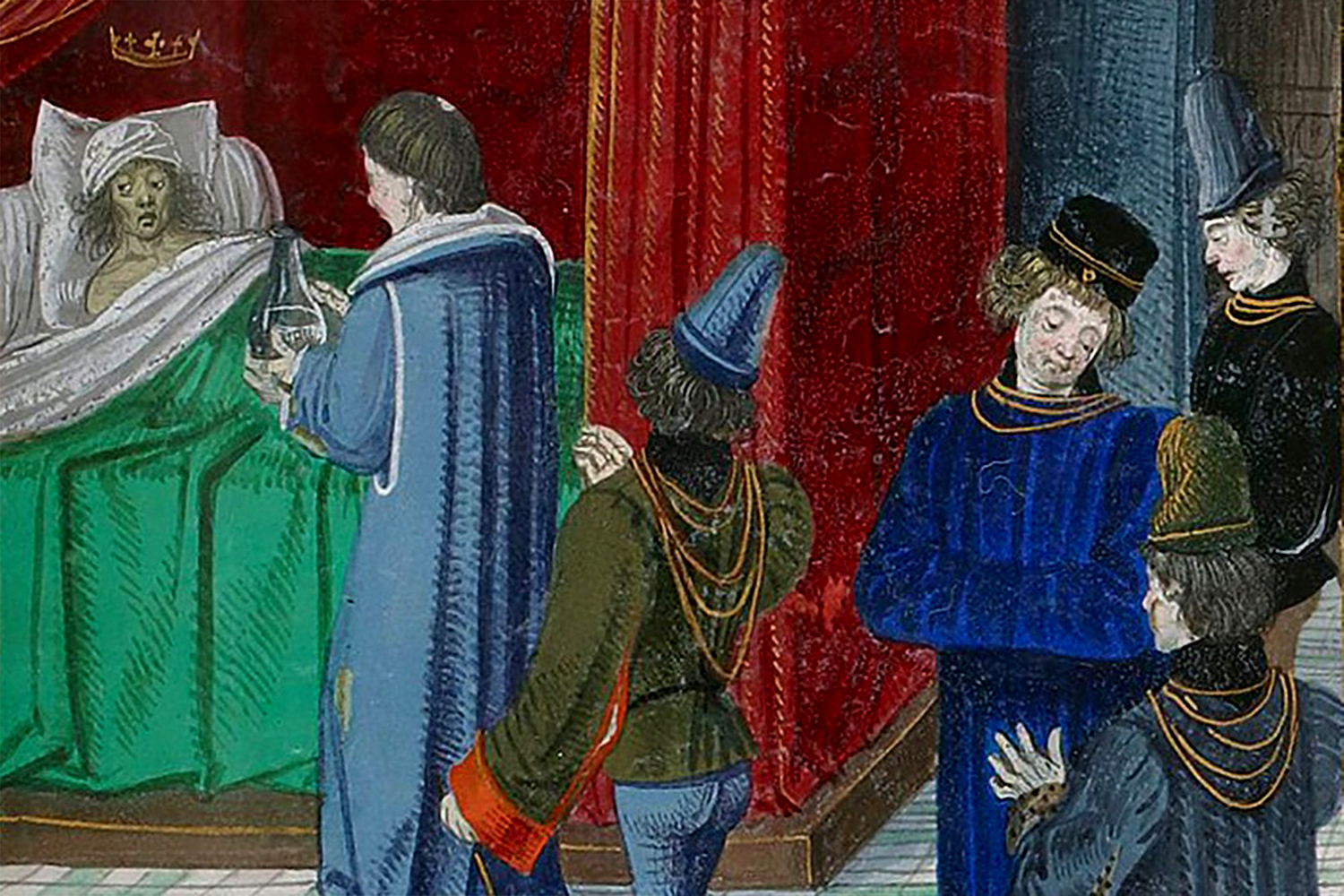
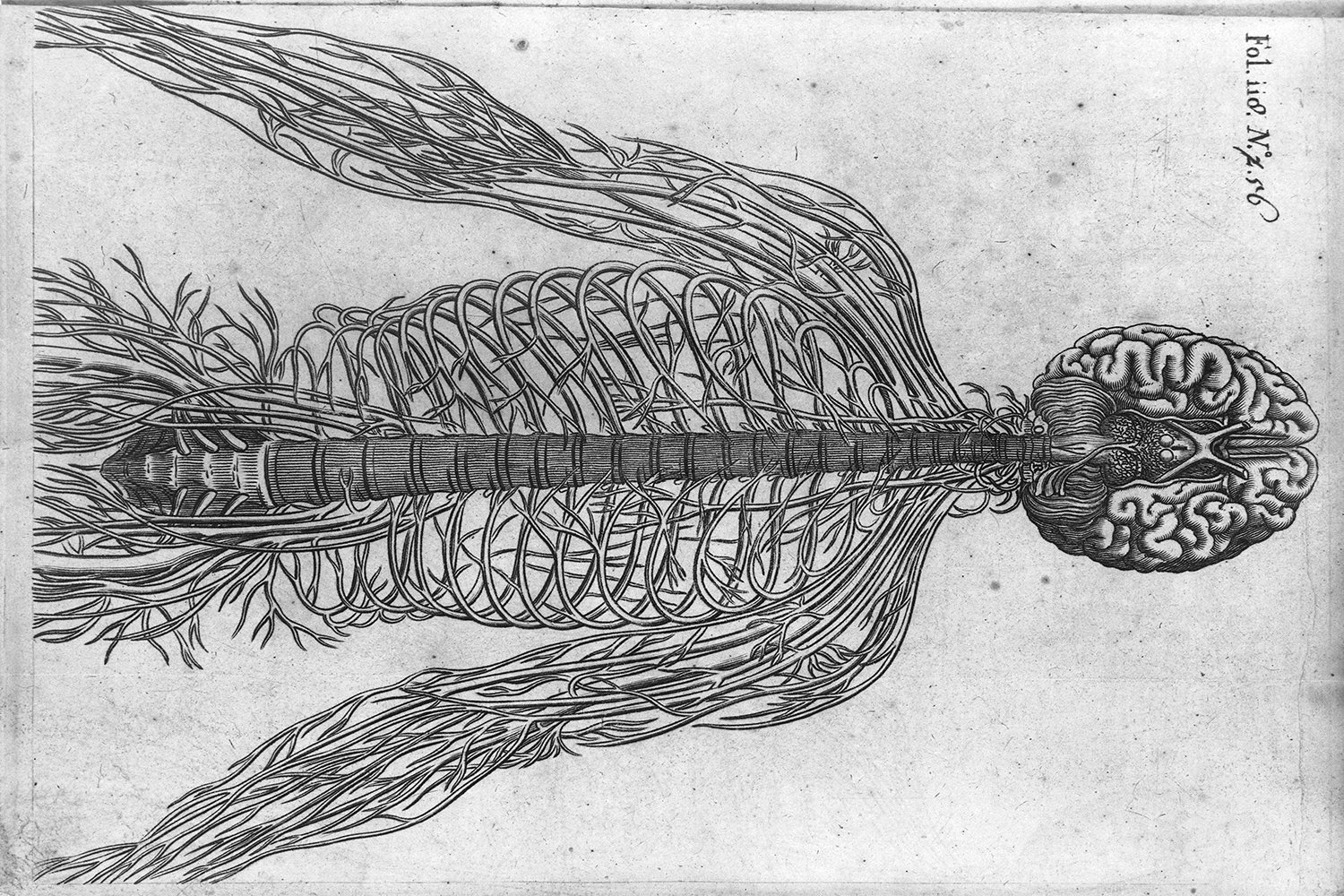
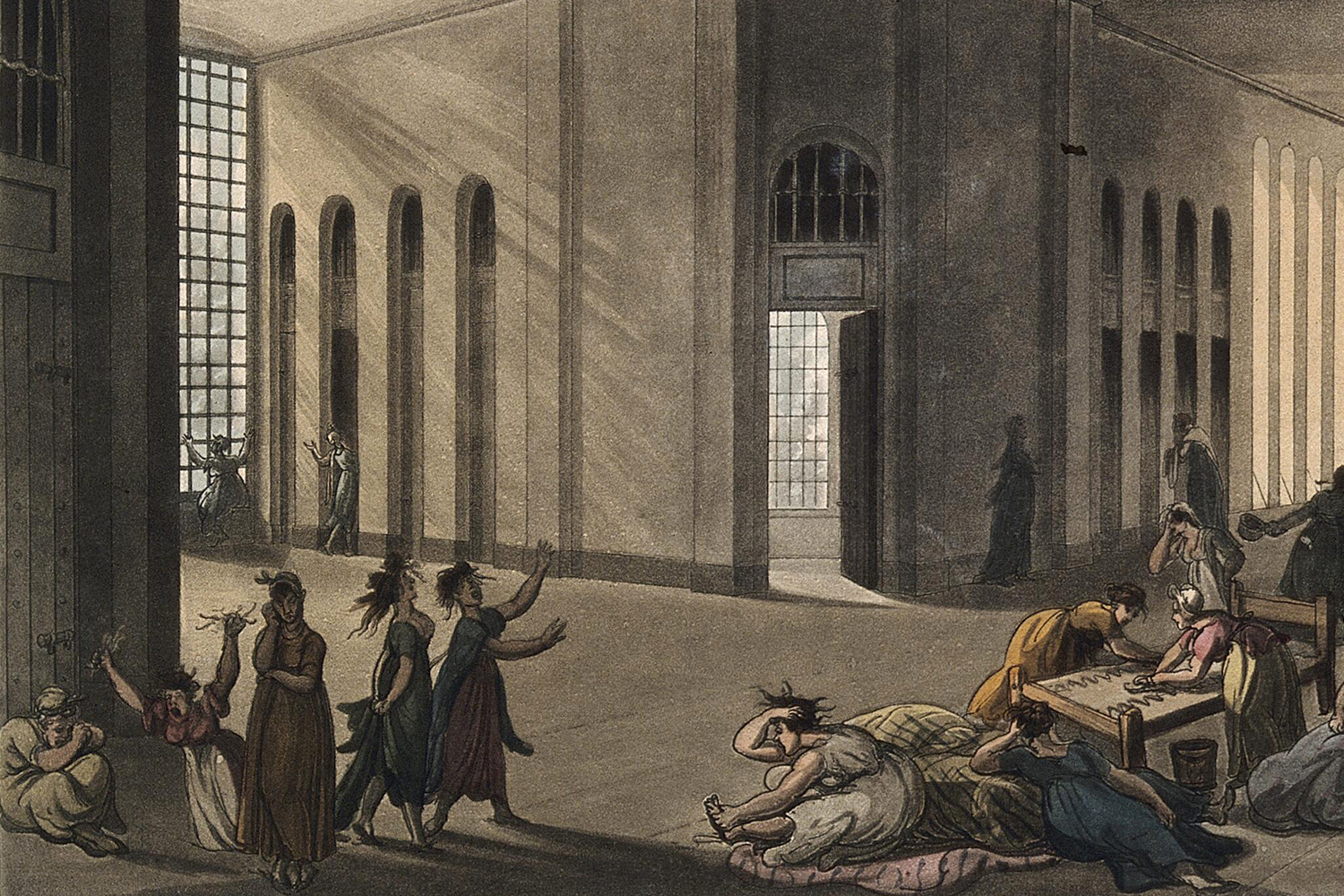
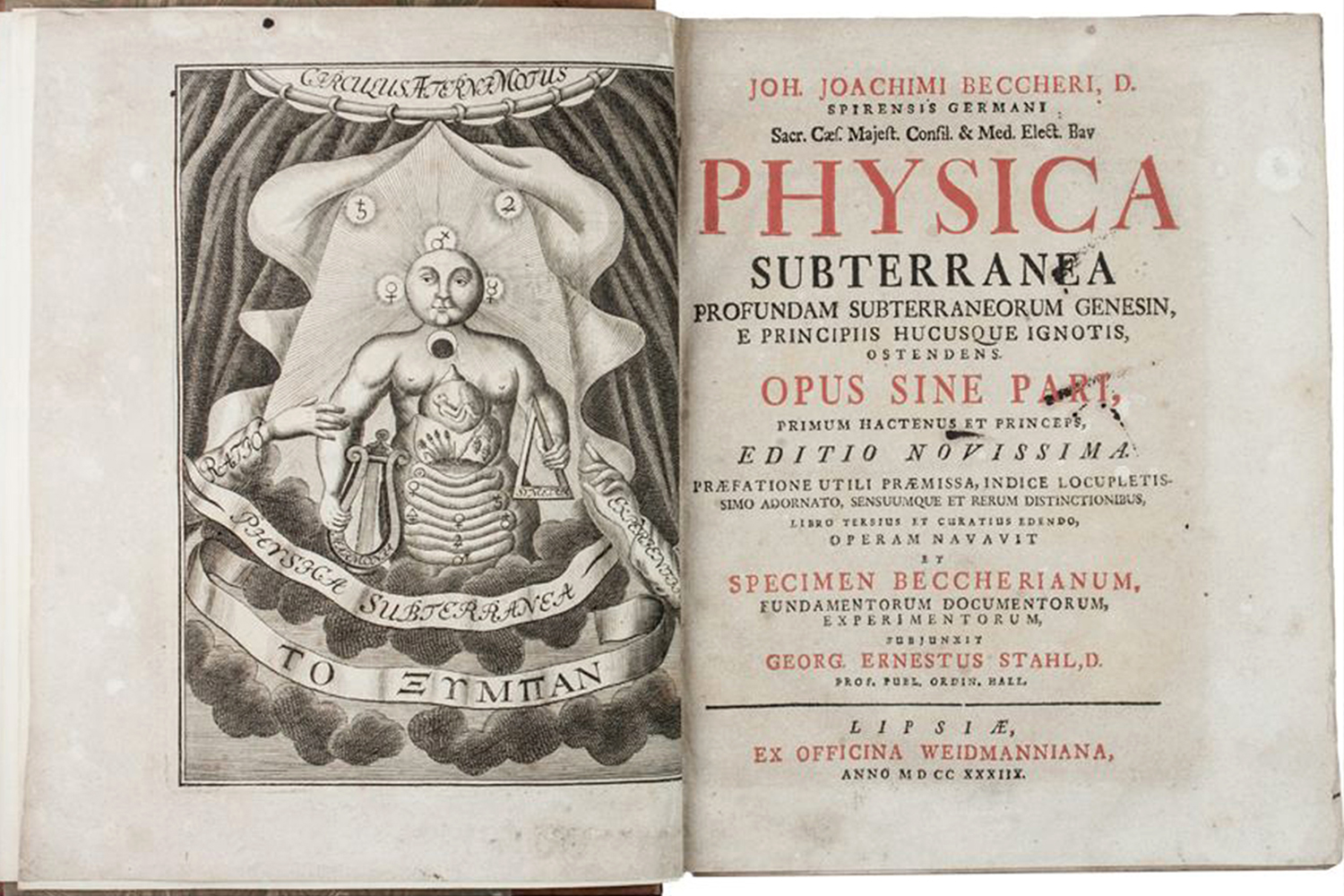
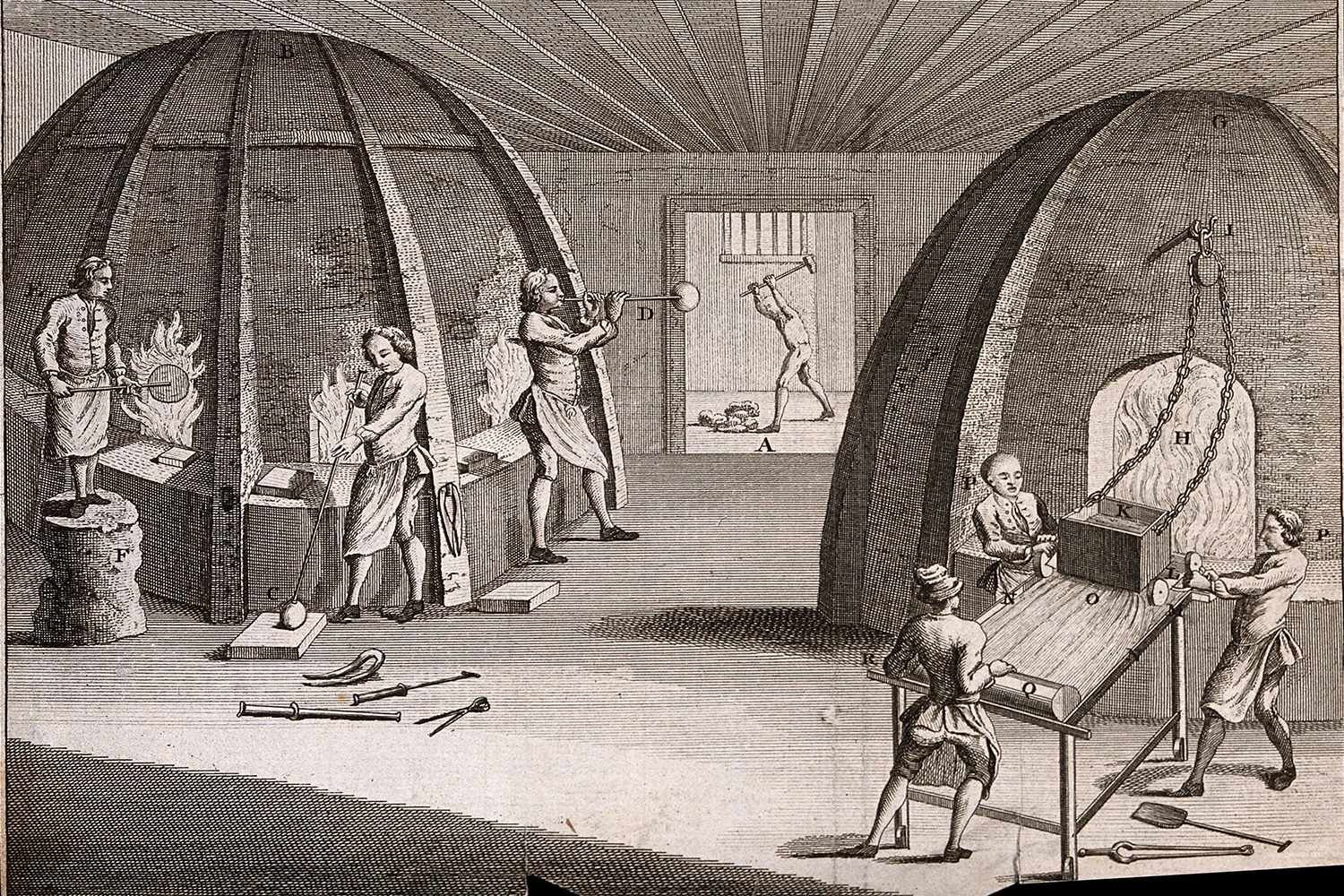
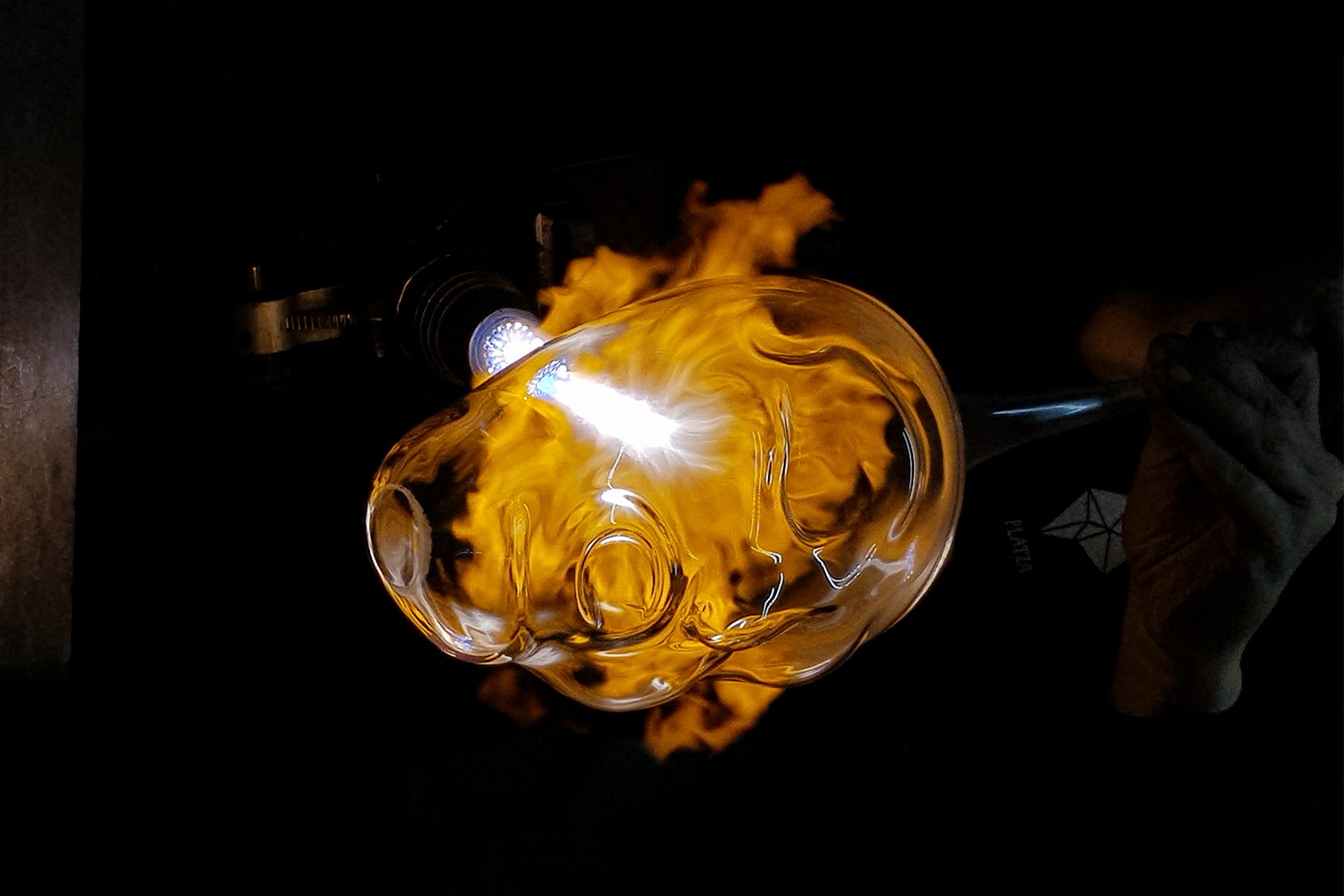
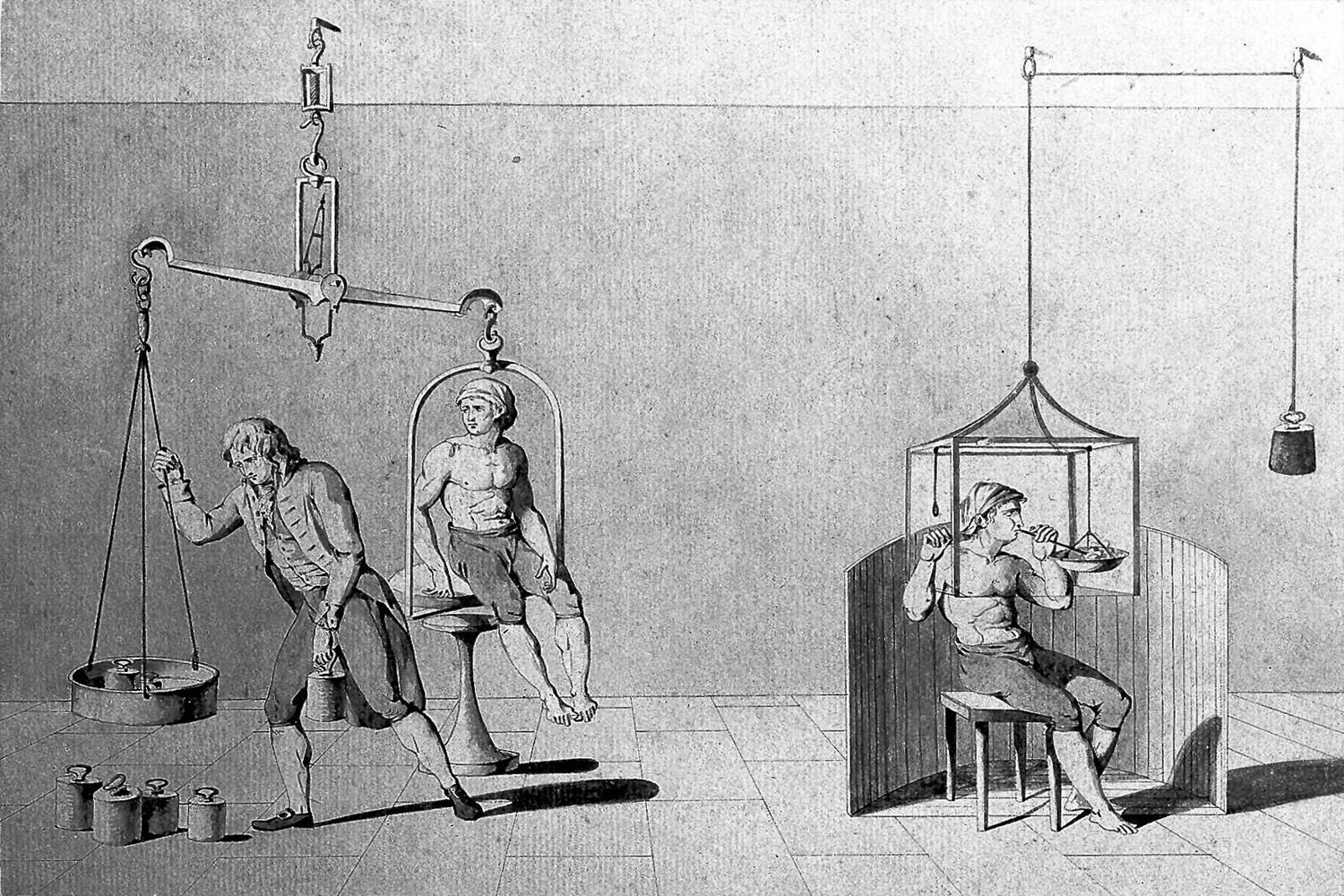

"Ah! You've missed the glass in the window. You didn't see it. But it is there." He leaned forward, and said: "That's me. I'm there, and I'm not there. Like the glass in the window", Anonymous patient
“The glass delusion has powerful contemporary resonance in a society in which anxieties about fragility, transparency, and personal space are pertinent to many people’s experience of, and anxieties about, living in the modern world”, Adam Phillips.
“…tutti siamo di vetro, e sottoposti ad innumerabili pericoli; per piccolo sospinta siamo rotti e torniamo in nulla”. Uno uomo di vetro, con uno picciolo toccare, purché contro a suo beneplacito si faccia, si turba, e tutto si versa…”, Giovanni Boccaccio, lettere inedite, XIV sec
“Imaginóse el desdichado que era todo hecho de vidrio….él no era como nos otros hombres, que todo era de vidrio de pies á cabeza”, 4. Miguel de Cervantes, The Glass Graduate, 1613.
“La sua malattia peggiorava ogni giorno fino a quando la sua mente era completamente scomparsa. A volte pensava di essere di vetro e non si lasciava toccare. Si fece mettere delle sbarre di ferro nei vestiti e si protesse in ogni modo per non cadere e rompersi”, Enea Silvio Piccolomini (Papa Pio II), I Commentarii, XV sec.
“…that they are all glass, and therefore will suffer no man to come near them; that they are all cork, as light as feathers; others as heavy as lead; some are afraid their heads will fall off their shoulders, that they have frogs in their bellies”, Robert Burton, The Anatomy of Melancholy, 1621.
“…fears everything that moves in his vicinity... the chair will be the death for him; he trembles at the bed, fearful that one will break his bum, the other smash his head”, Constantijn Huygens, Costly Folly, 1622.
Caspar Barlaeus (1584- 164) informed his friends of the glass delusion and other signs of his diseases, and how his friends reacted to this melancholy.
The German scientist and alchemist Johann Becher believed he found a way to turn dead bodies into beautiful glass objects: “Man, like all animals, is glass and can return to glass”, Johann Becher, Physica Subterranea, 1669.
“…la donna è stata curata presso l'istituto di Leida dopo aver detto al suo medico che sentiva che le sue gambe erano di vetro, pensava anche che la sua schiena fosse fatta di vetro. Odiava le persone che la toccavano e stava diventando sempre più solitaria”, Prof. Lameijin, 1930.
“…thought his buttocks were made of glass, insomuch as he darest not do anything [not] standing, for fear that if he should sit, he should break his rump and the glass might fly into pieces…”, Levinus Lemnius, De Habitu et Constitutione Corpori, 1561:
“Questo Castellano aveva ogni anno certe infermità che lo traevano del cervello a fatto; e quando questa cosa gli cominciava a venire, e' parlava assai: modo che cicalare; e questi umori sua erano ogni anno diversi, perché una volta gli parve essere uno orcio da olio; un'altra volta gli parve essere un ranocchio, e saltava come il ranocchio; un'altra volta gli parve esser morto, e bisognò sotterrarlo: cosí ogni anno veniva in qualcun di questi cotai umori diversi”, Benvenuto Cellini, La Vita, CVII, 1500-71.
“Here's one fears everything that moves in his vicinity
What's wrong? Well every where he's touched is made
of glass, you see
The chairs will be the death of him, he trembles at the bed,
Fearful the one will break his bum, the other smash his head
Now it's a kiss appeals him, now a flicked finger shocks
Just as a ship that's gone off course sails, fearful
of the rocks”, Constantijn Huygens, 1622:
“For I shall easily further demonstrate that the very nature of Melancholy is such, that it may more fairly and plausibly tempt a man into such conceits of inspiration and supernatural light from God, then it can possibly do into those more extravagant conceits of being Glasse, Butter, a Bird, a Beast, or any such thing”, Henry More, Enthusiasmus Triumphatus, 1656.
But then a young man turned up at the University Clinic in Leiden, claiming to be made of glass. "I really dropped everything," Lameijn recalls, "I didn't want to miss this." He was to have the opportunity to speak to the only contemporary person to present with glass delusion for decades.
This project is the result of an archival, historical, and source research on a pathology known as Glass Delusion, which has spread in Europe since the 15th century. This disorder induces those affected to believe they are made of glass and therefore can easily break and shatter. There are testimonies on this subject in the literary, poetic, historical, and medical field, Miguel de Cervantes, Robert Burton, Constantijn Huygens, René Descartes, Giovanni Boccaccio, and many others have spoken about it with some rare testimonies in the medical field up to the present day.
The illusion of being made of glass is characterized by a dissociation between imagination and reality and the deep relationship between mind and matter. It reflects, emblematically, a state of deep emotional fragility, the same that, in different forms and to different degrees, affects much of contemporary society. A Form of Delusion is an allegorical reading of the present time, the metaphor of a society in which anxieties about fragility, transparency, and personal space are pertinent to the experience of many people and to the anxieties provoked by the modern world and by cultural upheavals. Starting from the investigation of these points in relation to the present, the artist has created a series of works with a hybrid nature, as environmental installations, sculptures, and photographic bas-reliefs, which are characterized by the use of glassy material as a symbol. Plastic-photographic compositions aimed at metaphorically examining the fragility of the human mind and its identity; anatomical visions of the artist's brain; possible consequences that may arise from the use of drugs and different types of substances. From mind to brain, from face to body. This is celebrated through a sculpture/installation of an imaginary and fragmented human mass, lying on a plane inside a crate like an archaeological find without chronological references.
This project is the result of an archival, historical, and source research on a pathology known as Glass Delusion, which has spread in Europe since the 15th century. This disorder induces those affected to believe they are made of glass and therefore can easily break and shatter. There are testimonies on this subject in the literary, poetic, historical, and medical field, Miguel de Cervantes, Robert Burton, Constantijn Huygens, René Descartes, Giovanni Boccaccio, and many others have spoken about it with some rare testimonies in the medical field up to the present day.
The illusion of being made of glass is characterized by a dissociation between imagination and reality and the deep relationship between mind and matter. It reflects, emblematically, a state of deep emotional fragility, the same that, in different forms and to different degrees, affects much of contemporary society. A Form of Delusion is an allegorical reading of the present time, the metaphor of a society in which anxieties about fragility, transparency, and personal space are pertinent to the experience of many people and to the anxieties provoked by the modern world and by cultural upheavals. Starting from the investigation of these points in relation to the present, the artist has created a series of works with a hybrid nature, as environmental installations, sculptures, and photographic bas-reliefs, which are characterized by the use of glassy material as a symbol. Plastic-photographic compositions aimed at metaphorically examining the fragility of the human mind and its identity; anatomical visions of the artist's brain; possible consequences that may arise from the use of drugs and different types of substances. From mind to brain, from face to body. This is celebrated through a sculpture/installation of an imaginary and fragmented human mass, lying on a plane inside a crate like an archaeological find without chronological references.





